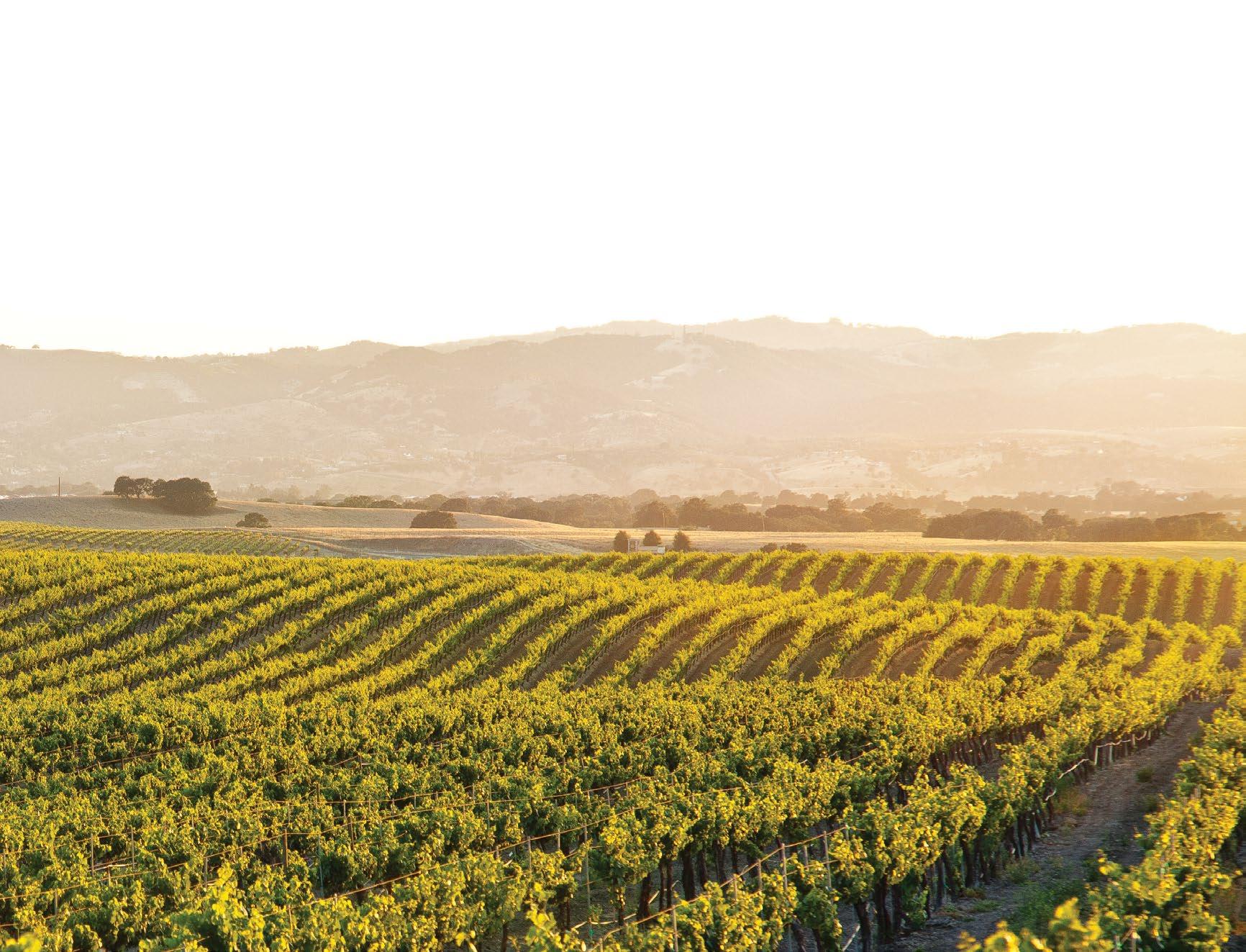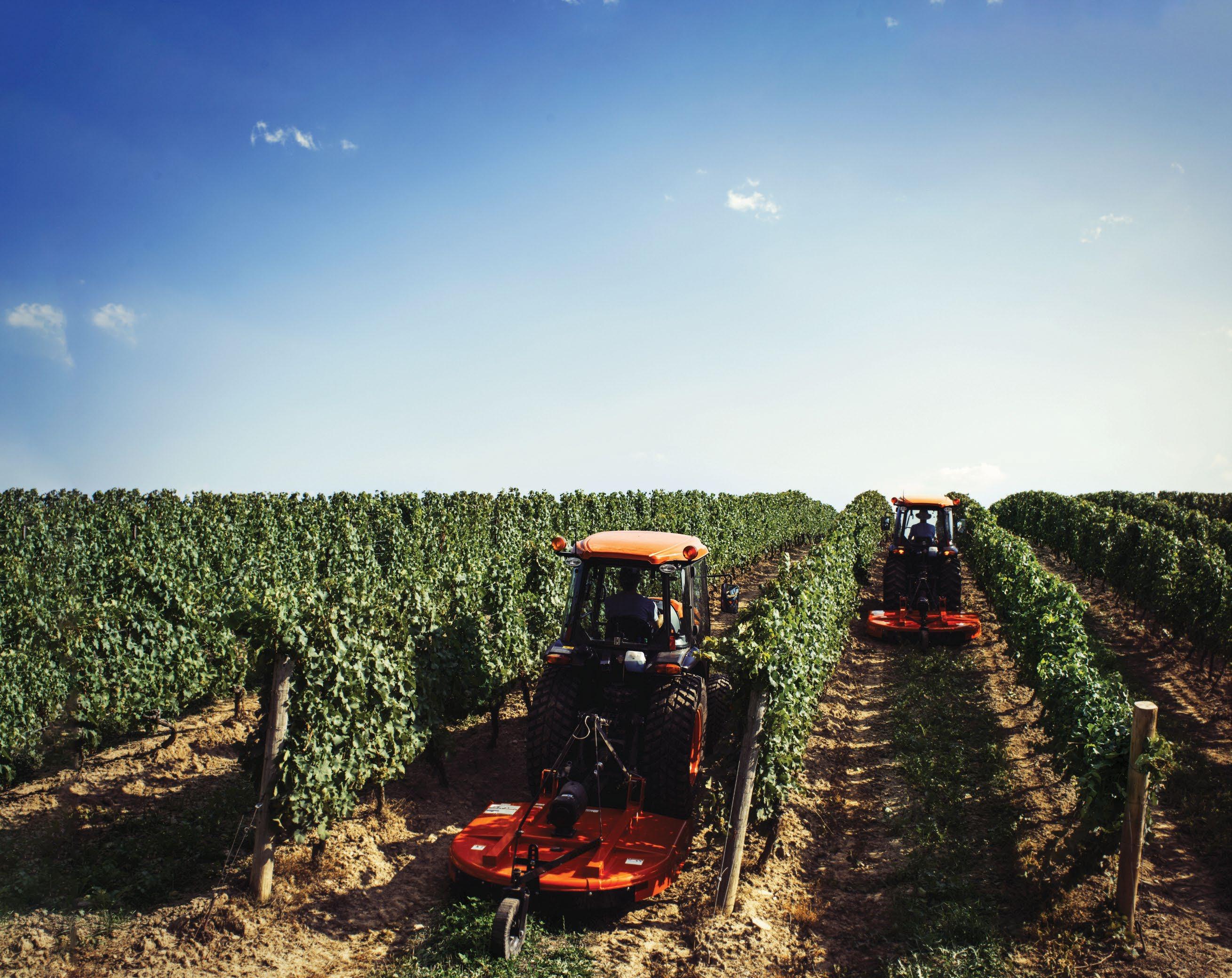


































































Representation of Buyers and Sellers for Horticultural, Farm, Acreage and Estate properties


Scott Marshall was born and raised in the Central Okanagan and is part of the 5th generation of his family to live in the beautiful Okanagan Valley. The Marshall Family has a proud history in fruit farming in the Central and North Okanagan since 1911, while the Thorlakson side of the family started farming in the North Okanagan in the late 1800s. Scott's parents operated large orchards and nursery plantings, and he grew up with them working in the Okanagan Real Estate market.

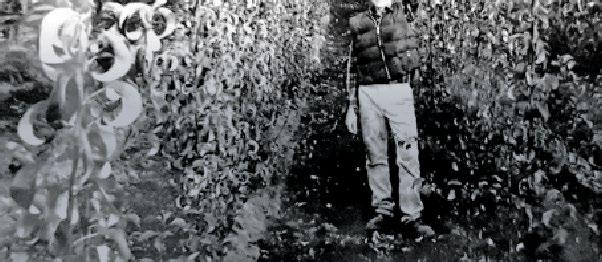
After completing four years of formal education at the University of British Columbia, Scott received a BCOM in Finance and Real Estate before becoming a licensed REALTOR® and Associate Broker at RE/MAX Kelowna. Since becoming licensed, Scott has quickly become a natural expert in the Horticultural, Viticultural, Farm, Acreage, Estate and Unique Property market. Scott has been able to professionally assist his valued clients so that when they are successful in their real estate buying or selling, he has also been able to be successful and is ranked as the #1 Individual Realtor at his brokerage.*



Scott is uniquely quali ed to e ectively assist with the purchase and sale of Horticultural, Farm, Acreage, Estate and Unique Properties throughout the Okanagan. To take advantage of ve generations of valued agricultural experience in the Okanagan, call Scott Marshall for your farm property needs!


a sales history that speaks for itself has never been more important. I'm not afraid to get my boots dirty. “ “
In today's
market, marketing
reach,
industry connections, and





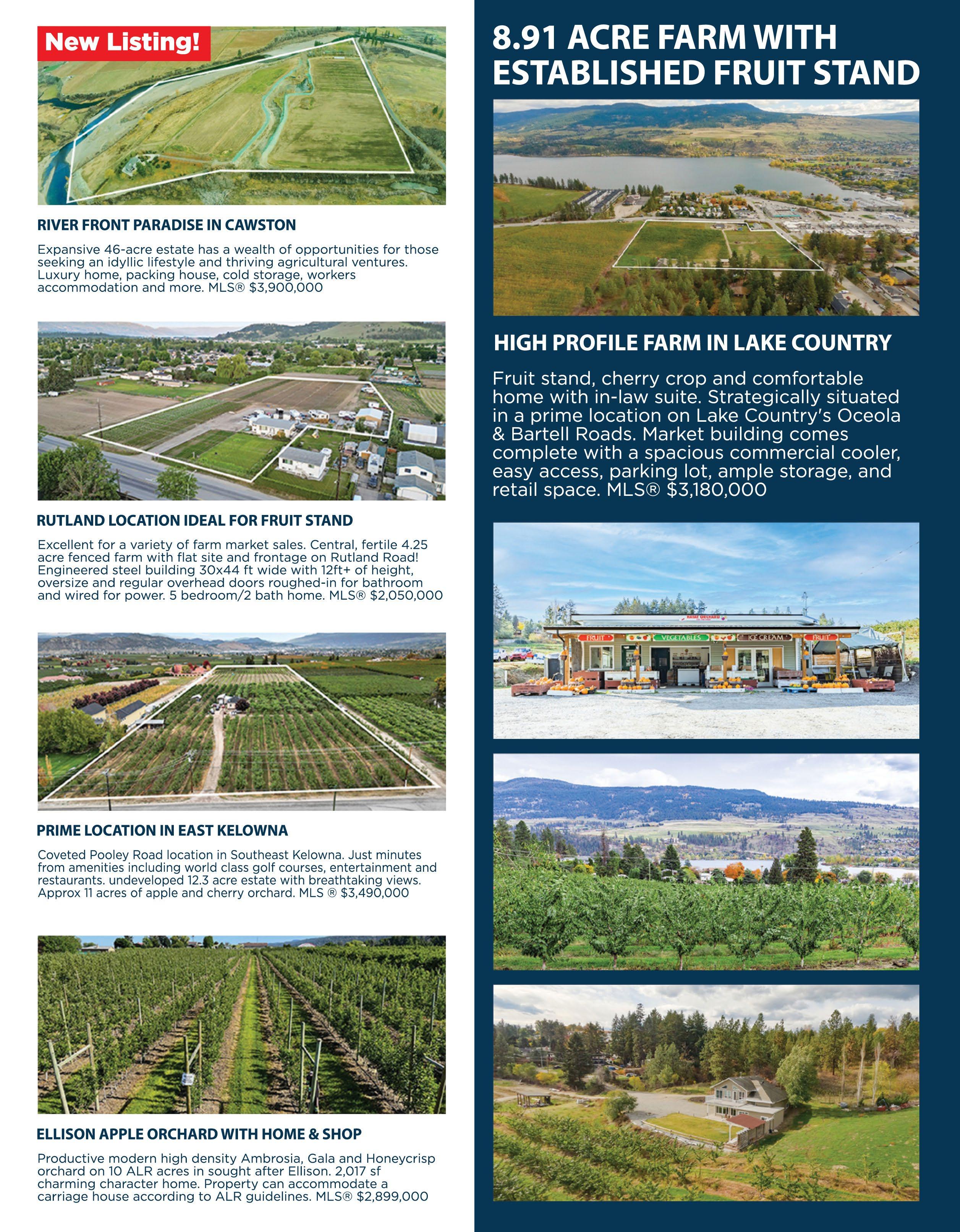






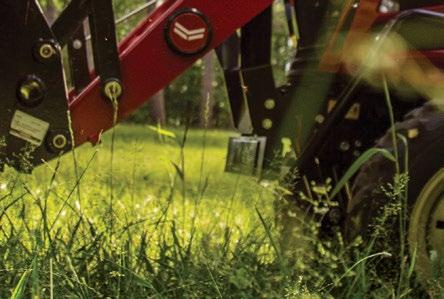




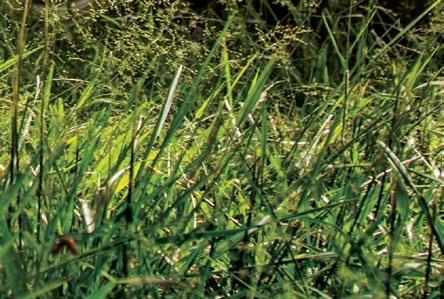

New Holland, the world leading supplier of T4 Fruit and Vineyard narrow tractors, integrates heightened power and a streamlined design with improved ergonomics, advanced driver safety, and potent new hydraulic options. These tractors are meticulously crafted to handle a multitude of tasks in any environment, turning the seemingly impossible into achievable feats.






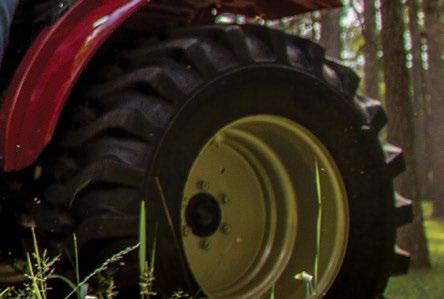
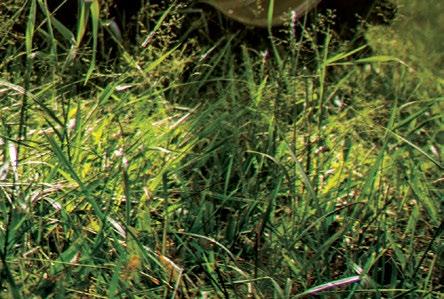






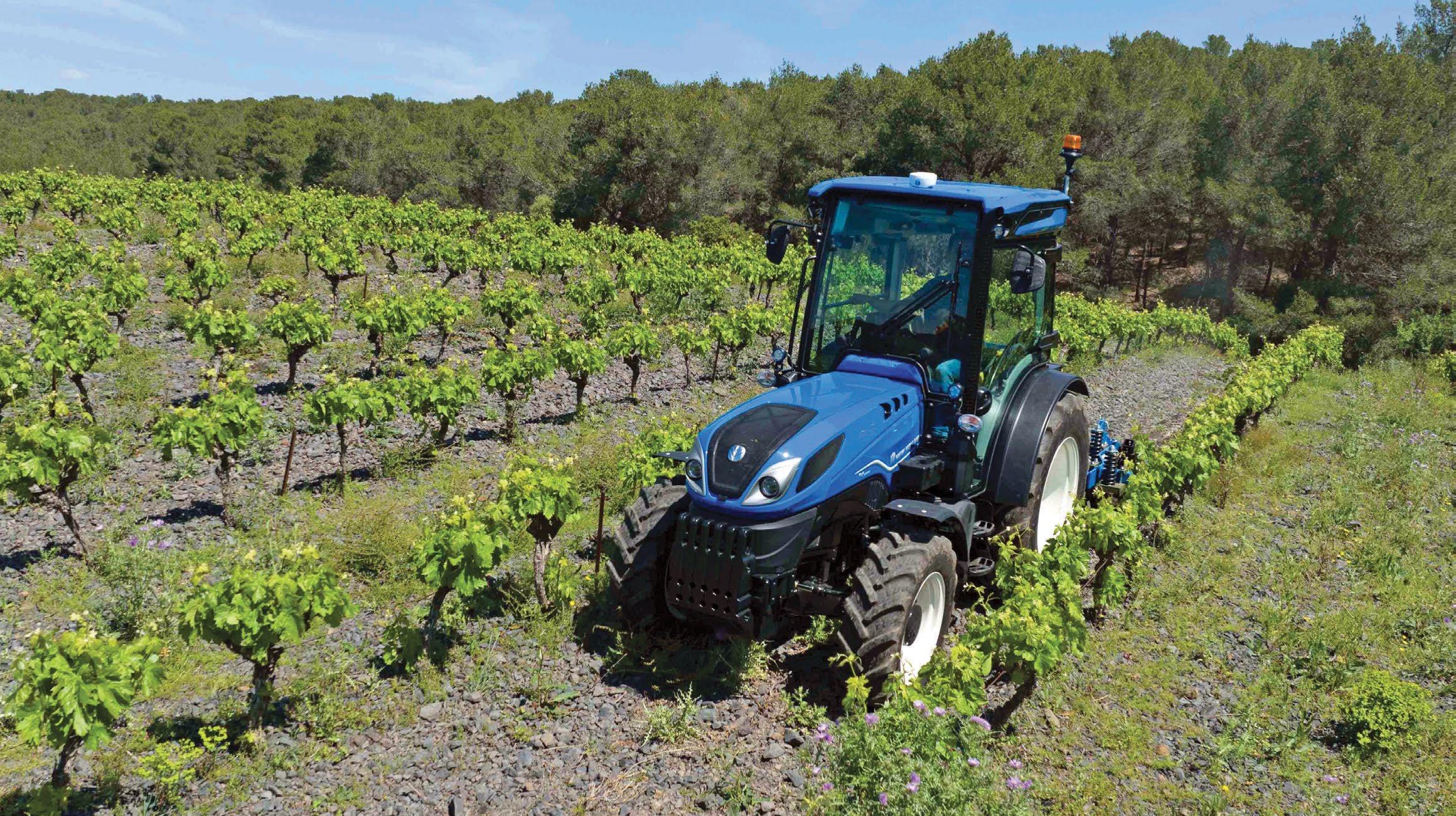
Langley
21869 56th Ave
Langley, BC, V2Y 2M9
P 604-533-0048
F 604-533-3820
TF 1-800-665-9060
Chilliwack
44725 Yale Rd West
Chilliwack, BC, V2R 4H3
P 604-792-1301
F 604-792-6880
TF 1-800-242-9737
Chemainus 3306 Smiley Road
Chemainus, BC, V0R 1K4
P 250-246-1203
F 250-246-1541
TF 1-800-665-9060
Kelowna (Formerly Farmco Sales) #201 – 150 Campion Street
Kelowna, BC V1X 7S8
P 250-765-8266
F 250-765-3179
TF 1-877-461-7933 Experience

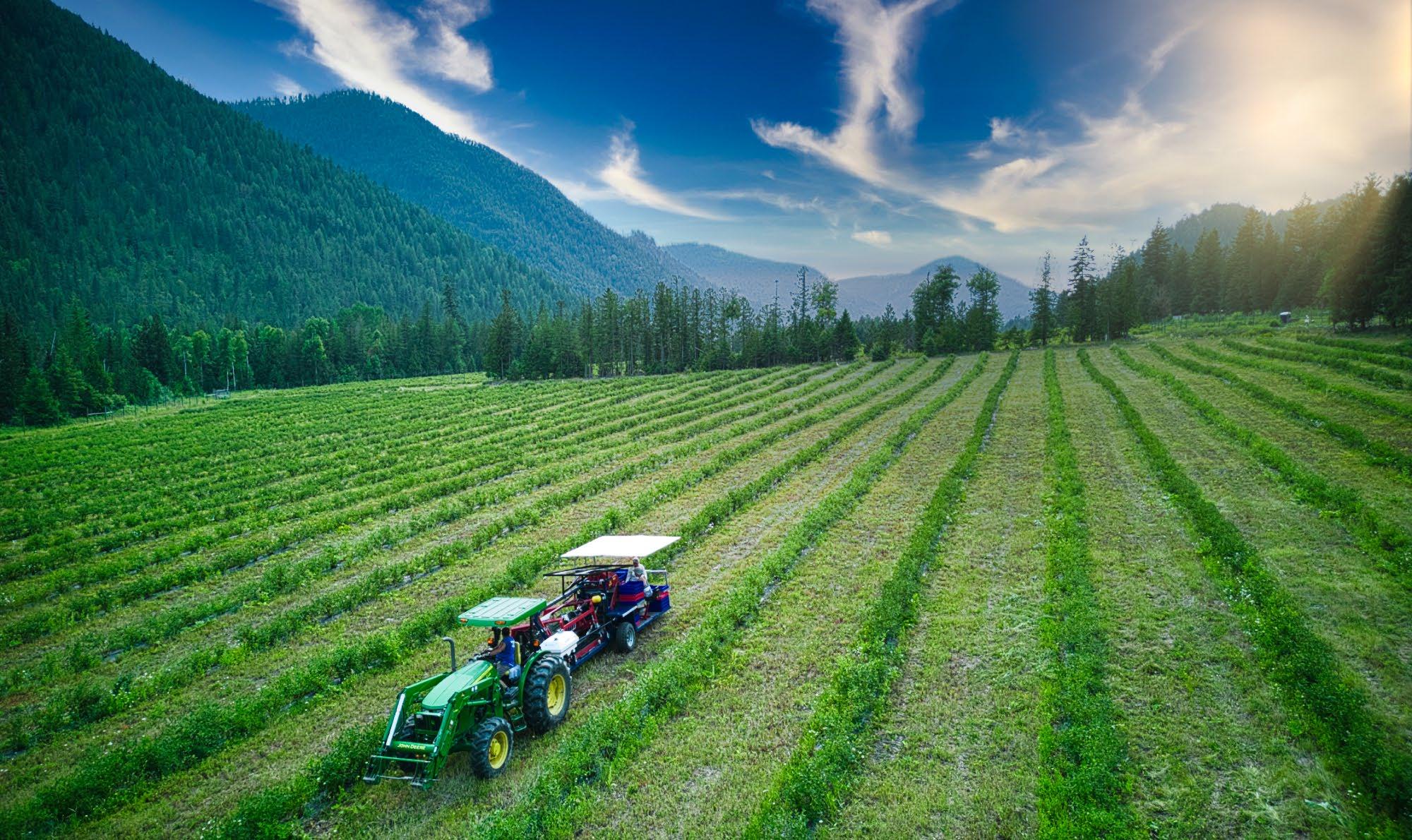



Every orchard, vineyard and grower is truly one-of-a-kind and the needs for your growing mediums are just as unique.
Our tailored blends of organic soils, composts and amenders are designed to meet your individual specifications for your best growing results.
Improve your growth this season with a customized soil blend, reach out today for your quote.

Established in 1959
ISSN 1713-5362 ISSN 2817-500X
Vol. 65, No 1
Pre-Spring Issue | Feb/Mar 2024
Publisher/Editor
Yvonne Turgeon
Associate Editor Ronda Payne
Design Mishell Raedeke
Yvonne Turgeon
Contributing writers
Kate Ayers, Leeann Froese, Kelly Josephson, Glen Lucas, Valerie Maida, Ronda Payne, Reg Steward, Yvonne Turgeon, David Wylie
Contributing photographers
Lionel Trudel, Yvonne Turgeon, Paul van Westendorp
Orchard & Vine Magazine is published six times a year and distributed by addressed mail to growers, suppliers and wineries in the Okanagan, Kootenays, Fraser Valley, Lower Mainland, Vancouver Island, Washington State and across Canada.
Subscriptions
Subscriptions are available in print and digital format at orchardandvine.net or contact us at info@orchardandvine.net.
Social | web @orchardvinemag orchardandvine.net
Office: 250-448-2630
Email: info@orchardandvine.net. news@orchardandvine.net
Publications Mail Agreement No. 40838008
Return undeliverable items to: Orchard & Vine Magazine 5190 MacNeill Crt Peachland, BC V0H 1X2
All rights reserved. No part of this magazine may be reproduced in any form, print or electronic, without the written permission of the publisher. Ideas and opinions expressed in the magazine do not necessarily represent the views of Before & After Media or its affiliates. The publisher does not assume any responsibility for the contents of any advertisement or sponsored content in this publication.
Orchard & Vine Magazine is published by Before & After Media Inc. Find them on the web at beforeaftermedia.com.
Ah, the verge of a new season, the starting of a new year, what a time that is. For me, the calendar change always brings optimism—but after all, I am the daughter of a farmer.
As I sat in on the agri-tech and innovation session at the Lower Mainland Horticultural Conference in January, I felt the buzz of anticipation not just for the coming year but for the entire decade ahead.

“We’re at a place right now where I believe we’re going to see an explosion of all kinds of solutions,” says Dean Maerz, operations manager of Klaassen Farms, a family-owned blueberry farm in Rosedale, B.C.
He and fellow blueberry growers Newton Sahota, grower and CEO of Twinberry Farms, and Bryan Van Hoepen from Stoney Creek Farms shared their journey of innovation and adopting smart solutions for their operations.
This trio has ridden the wave of automation, looking to modernizing every aspect of berry growing, picking and packing.
Twinberry Farms, delivering to over 300 nationwide customers, focused on their niche market, five- and 10-pound boxes of blueberries, replacing tedious and repetitive tasks—such as moving a box into position— with robotics. Over at Stoney Creek Farms, an irrigation system app now monitors water levels, ensuring the precise amount needed for their crops. At Klaassen Farms, advanced machinery does the berry picking.
With growing pressure from world markets, growing better quality fruit in the most efficient manner is the path forward. As Maerz says, “We can’t compete with their land costs, but we can compete with our quality.”
All three share a positive outlook for the next few years.
“We’re in a generation where technology is going to make a huge impact in agriculture,” says Sahota. “So, if you are a small producer, there are smaller technology solutions that will make a huge impact on your business. The whole idea is to take yourself from the process of working in your business to working on your business.”
Sahota is most excited about robotics and artificial intelligence (AI). It’s not the big, flashy, expensive things that he’s revved up about, but rather how this new intelligence can help solve the small problems and bring together years of knowledge.
“When it comes to AI, I think that it’s simply giving you an extra eye to give you a sense of what’s going on in the world,” he says. “But it’s doing it all the time.”
Maerz agrees. “It’s the details that I am excited about. It has the ability to crunch a lot of stuff, to go and look at your entire operation from start to finish, giving you metrics and information to work with.”
For most, embracing technology will be a step-by-step journey.
Maerz reminds us that the biggest ally in the technology field is your mind and encourages growers to break through those mental blocks of “we could never” or “there’s no way that we could.” There are solutions on every scale to every problem, he says.
Their farm adopted very economical solutions and then scaled up.
“The world has not even started to see yet what British Columbia has to offer in this area,” he says. I join in his excitement to see that by 2030 our region’s agricultural innovations will make a mark on the world stage.
— Yvonne Turgeon, publisher yvonne@orchardandvine.net
ALWAYS INNOVATING ALWAYS EVOLVING ALWAYS FINDING

FCC is proud to offer financing and knowledge to people with one eye on today and another on tomorrow. People like you.


In a pivotal announcement made in mid-December 2023, the Ontario government set the stage for transformative change in the province’s alcohol retail sector. Effective no later than January 1, 2026, Ontarians can purchase alcoholic beverages from an estimated 8,500 new retail outlets, including convenience, grocery and big box stores.
The list of products includes beer, wine, cider, coolers, seltzers and other low-alcohol ready-todrink beverages. Spirits like vodka, gin and whisky will continue to be sold only at the LCBO.
“We made a promise to the people of Ontario to deliver more choice and convenience,” said Premier Doug Ford. “There’s no reason why Ontario consumers shouldn’t enjoy the same convenient shopping experience as Canadians in every other province when buying some wine for their holiday party or a case of beer or seltzers on their way to the cottage.”
Aaron Dobbin, president and CEO, Wine Growers Ontario welcomed the announcement. “Today is one of the best days the Ontario wine industry has had in decades. The measures announced by the Government of Ontario are the first step in allowing Ontario wineries and grape growers to grow and thrive.”
The Ontario government also announced a range



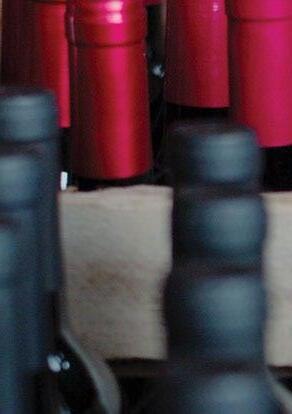
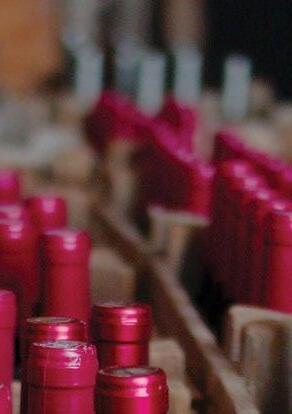
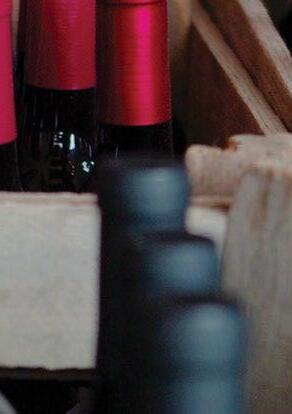

of support to Ontariobased producers to help with the transition to a more open marketplace, including extending the Wine Marketing Fund, Small Cidery and Small Distillery Support Program and VQA Wine Support Program for up to five years. The latest change will be the introduction of new legislation aimed at eliminating the 6.1 percent wine basic tax at onsite winery retail stores, making Ontario’s tax regime competitive with other provinces, including British Columbia.
“The decision to extend the VQA support program for five years is a gamechanger,” says Debbie Zimmerman, CEO, Grape



Growers of Ontario. “It not only provides stability for both farmers and wineries but it will also fuel growth. The elimination of the 6.1 percent winery retail tax will invigorate Ontario wineries and make it possible for them to reinvest in their businesses and drive innovation.”

In the months ahead, the government will continue to consult with industry partners and beverage alcohol producers on additional areas of the future marketplace, including licensing, wholesale pricing and taxes, mark-ups and fees.
“For decades, Ontario wineries have faced disadvantages that other wine-producing regions do not face in their home markets,” said Richard Linley, president of Ontario Craft Wineries. “[The] announcement by the Ontario government recognizes what we have long said: wine regions are catalysts for economic growth. Every dollar spent on wine grown in Ontario is a dollar going back into the economic growth of Ontario, through agricultural jobs, small business growth and agri-tourism.
“The government’s plan will put us back on track for not only sustaining but growing our agricultural businesses for generations to come.” ■

Few types of people are as aware of bugs and their destruction as fruit growers are. Knowing what to watch for is a key part of defence and when it comes to newer invasive species, keeping a watchful eye is essential.
In a recent session for berry growers held in Lynden, Washington, Cassie Cichorz, outreach and education specialist with the Washington State Department of Agriculture spoke about Japanese beetle, spotted lanternfly and Northern giant hornet.
While none of these pests are a major concern at this point, Cichorz advised that diligence will keep them from becoming the significant issue growers in other regions face.
“The Japanese beetle. It’s a green metallic beetle. You’ll see it in the summer. It’s about the size of your pinky,” she says. “It really loves to go after flowers and after it runs out of flowers, it goes after the green things. It does this by skeletonizing the leaves.”
It does not discriminate. Once the flowers have been consumed, it particularly enjoys red raspberries.
In the winter, they dig themselves into the soil, so the cold doesn’t kill them and Its larvae can be found in the soil in the spring.
“It’s characterized as a white, C-shaped grub,” she explains. “They like to east the grass roots.”
She advises trapping (such as pheromone traps) for the beetles to find out if they are in the crops.
Spotted lanternfly hasn’t yet been found in Washington, but with it found in other states, she says it’s coming.
It’s about the size of a thumb and is sometimes mistaken for a June bug.
“There’s about 700 species of spotted lanternfly,” she says. “There’s only about seven or eight in the states.”
It first came to Pennsylvania in September, 2014 and has caused serious damage to peach and grape crops. But, like the Japanese beetle,
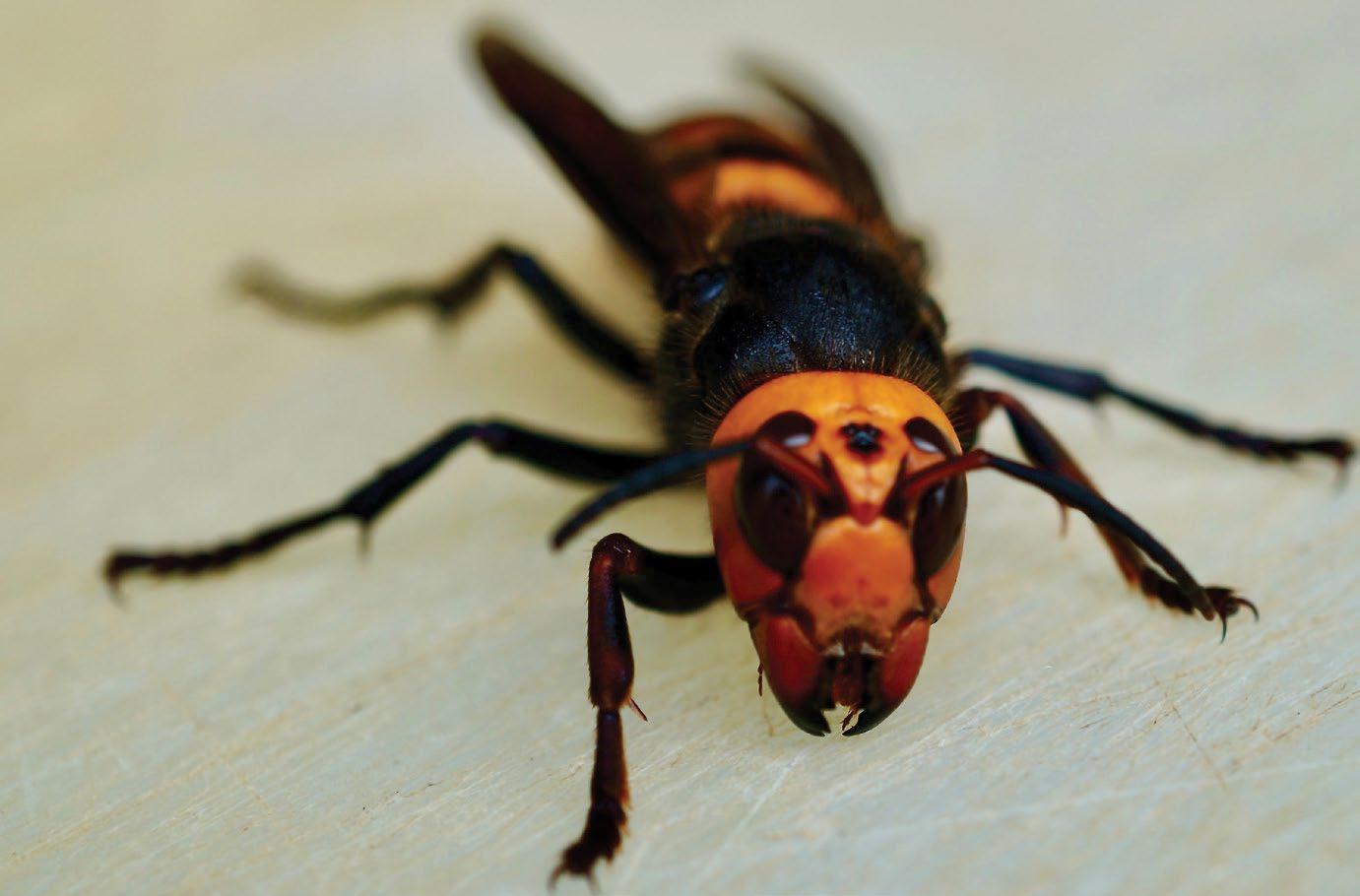
is not fussy about its food sources. Hardwoods, fruit trees, nut trees, grapes and hops are all part of the diet.
“It feeds on over 65 different types of plants,” she says. “Think about anything hard or viny. It’s a piercing, sucking insect. Studies have shown it could possibly feed on cranberries.”
The tree of heaven, a very aggressive and invasive plant native to China, is its preferred food source and environment. It spends about 90 percent of its life on these plants so removal of the tree is an easy first step in control.
Another option is predatory insects like praying mantis, stink bugs and spiders but if the lanternfly is abundant, this will not be enough to achieve control.
“They leave that tree of heaven and they go to somewhere we love,” she notes. “All they do is pierce and suck, and pierce and suck.”
She advises if growers see what might be a lanternfly, they should capture it and send a picture to the local government lab for identification.
In 2019, North Americans became obsessed with the murder hornet. Now, more commonly known as the Northern giant hornet, this massive, stinging insect can take out a colony of bees in under a couple of hours.
“You’re going to look for a bright orange head,” she says. “It’s like me having a pumpkin on my head.”
There are also straight lines on the abdomen, not tear drop or spot shapes. Their nesting spots are inside a tree or in the ground.
“Also, it’s huge. It’s the size of your thumb,” she says.
The process of baiting sounds like a cooking experiment, with rice cooking wine and orange juice being the most successful tools
When these are spotted, government labs want people to send pictures but not try to follow them or otherwise disturb the nest.
By marking the general area of a sighting, it can be possible to apply a tiny transmitter on the hornet to identify the home nest and allow for safe destruction. ■
The B.C. government is bringing tree fruit and grape growers information right to their neighbourhood with the new Southern Interior Horticultural Show, held Feb. 16 to 17 in Penticton.
The new project from the Ministry of Agriculture and Food is delivered in partnership with the tree fruit and grape industries to provide growers with the latest on research, innovation and farming practices from some of the industry's most knowledgeable experts.
Held in conjunction with a two-day horticultural trade show, the 30 conference sessions will be recorded and available to registered attendees following the event. ■
After a long hiatus from meeting in-person, the Ontario Craft Wine Conference and Trade Show (OCWC) is bringing winery owners, operators, experts, suppliers and other stakeholders together again on April 23 at the Niagara Falls Convention Centre.
“OCWC has always served as a way to unite VQA wineries and their supplier partners across the various regions in Ontario,” says Ilya Senchuk, planning committee chair and winemaker at Leaning Post Wines. “As a professional business and networking experience with a top tier agenda of expert speakers, we expect to attract more interest from other provinces and related industries.”
Organizers expect the one-day event to bring in more than 300 attendees, representation from more than 60 wineries and offer close to a dozen educational sessions as they explore the theme of Roots to Resilience.
Keynote speakers include wine writer and educator, Elaine Chukan Brown and Mike Veseth, editor of the Wine Economist newsletter. ■
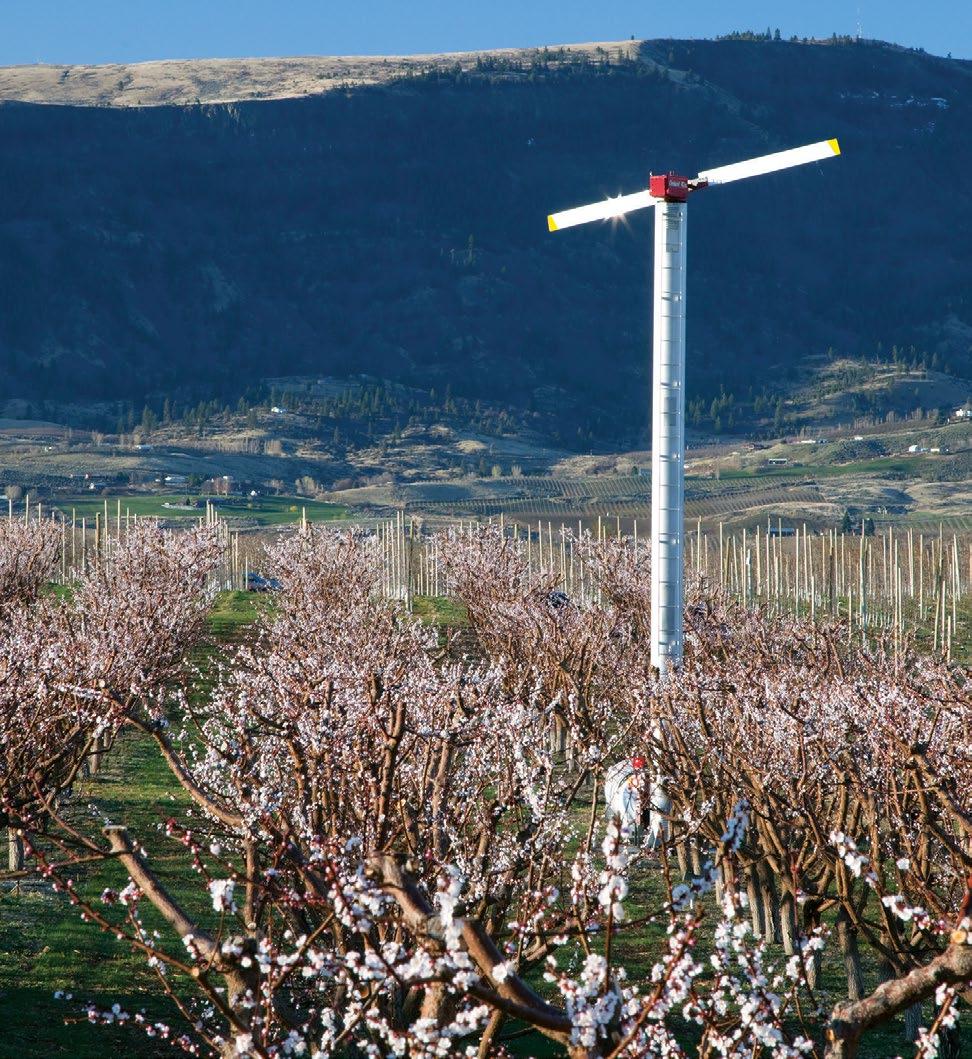
Since 1967, we have hand-crafted our wind machines with precision technology. Growers from around the world trust Orchard-Rite® wind machines to protect their orchards from the dangers of frost.
We are dedicated to serving you by providing the tools and service to stave off those frosty nights, protecting your harvest and your future. Find us at orchard-rite.com.
Adding ORCell™ allows you to remotely operate, monitor and manage your wind machines from anywhere in the world with internet connection. ORCell™ saves you time and reduces labor costs!

8025 Dallas Drive, Kamloops, BC 250-573-4412


675 Adams Court, Kelowna, BC 250-765-9765
Gatten® fungicide
Gatten®acts on multiple stages of powdery mildew development, delivering both preventative and post-infection control.
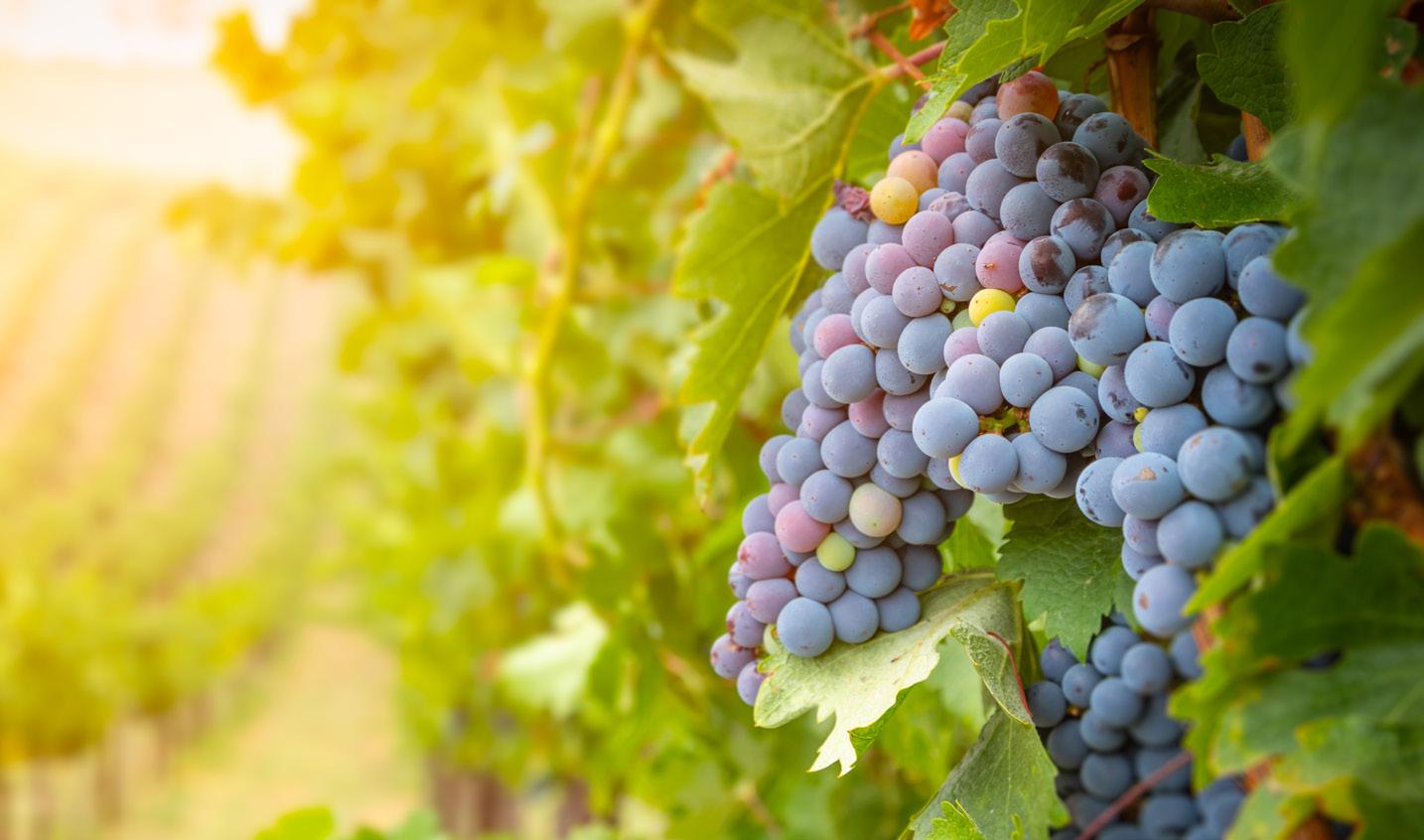

We know that farming is more than a business – it’s a way of life. We are committed to serving Canada’s farm communities by providing flexible financial solutions that let you get on with the business of farming. We’ll take the time necessary to understand your unique needs. Together we can meet today’s challenges and anticipate tomorrow’s opportunities.

Martyna Spichtig VP - Agriculture Services British Columbia & Alberta 403-470-0201 martyna.spichtig@td.com

Connor Watson BComm. FAB Relationship Manager BC Interior 778-201-5753 connor.watson@td.com

Ted Hallman Acount Manager BC Interior 250-470-7557 ted.hallman@td.com


Melissa Tesche
The BC Fruit Growers’ Association (BCFGA) has hired Melissa Tesche as the new general manager. She takes over from retiring general manager Glen Lucas on March 4, 2024, following Lucas’ 25-year tenure.
Tesche joins the association from her current position as general manager of the Okanagan-Kootenay Sterile Insect Release (SIR) Program, which she has held since 2015.
“We are very happy to welcome Melissa to the BCFGA team,” says president Peter Simonsen. “It is a great advantage that past general manager Glen Lucas has developed a transition plan, which started last March, and that Glen has agreed to support Melissa in her new role.”
“While I will miss my position and colleagues at SIR, I am energized for the tasks and challenges ahead,” says Tesche. “I’m not a grower myself, but I’ve watched my family experience the joy and the heartbreak that comes with producing food. I understand the critical role that farmers play.
“I am excited to work for the BCFGA to make sure that the government and the public understand the importance of the Southern Interior tree fruit sector as well.”
Tesche brings a wealth of knowledge from her involvement with SIR and the Okanagan Basin Water Board. She holds a M.Sc. in conservation biology from UBC. Her earlier studies include a B.Ed. and B.Sc. from the University of Alberta.
She grew up in northern Alberta with grandparents who grew grain and canola, and aunts and uncles with cattle. After university, Tesche spent a year visiting family friends’ farms in Australia, working and travelling around the country, where she picked apples, worked on an apple line, picked cantaloupe and watermelon, and worked with sheep and a tomato line.
The BCFGA represents 300 tree fruit growers. The tree fruit sector sustains an estimated 2,490 jobs. ■
New apple, berry and grape varieties seem to come around periodically, but pears? It’s been a long time since anyone saw a new type of pear. All that’s about to change with the launch of licensed (and yet to be named) HW624.
Vineland Research and Innovation Centre in Ontario has joined forces with Washington state’s Stemilt Growers to expedite the commercial introduction of the new pear variety, initially bred by Agriculture and Agri-Food Canada in Harrow, Ontario. This collaboration aims to make the pear available for commercial planting by growers soon.
The pear is firm, sweet flavoured with a “sun-kissed” rosy, yellowgreen skin, according to Vineland.
“This variety transitioned from our on-farm selection process to our
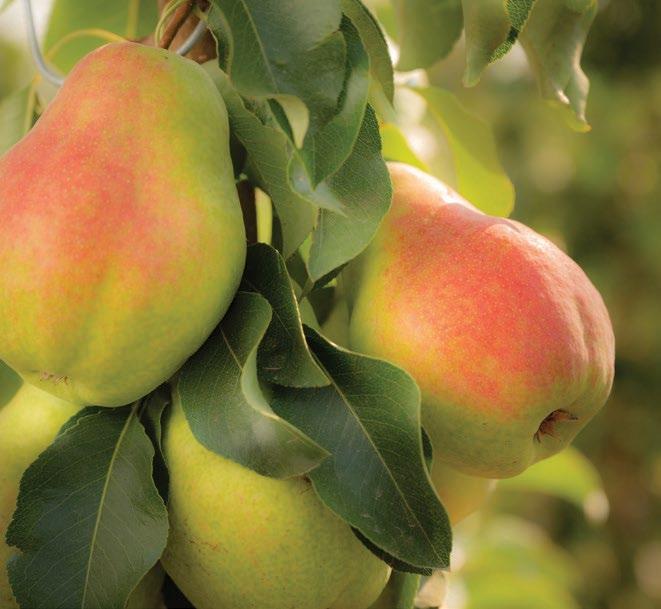
consumer branding and marketplace testing analysis and was quickly identified as a desirable pear choice by consumers and growers,” says Ian Potter, president and CEO, Vineland. “Finding the right collaborator was
Identifying the tastes of fruit can be challenging. Fruit breeders face the dual challenge of selecting varieties that meet both consumer taste preferences and grower management needs. Identifying the precise tastes of fruit is crucial in this process.
Vineland Research and Innovation Centre in Ontario has undertaken a detailed study on strawberries to identify their sensory profiles, unraveling the elements that contribute to the taste of this popular red fruit.
While strawberries were the subject of the study, the exercise can be replicated for other berries to give berry breeders, growers and retailers an upper hand on the tastes different varieties offer as well as those from different regions or growing methods.
The newly crafted lexicon for fresh strawberries distills their essence into key sensory descriptors for aroma, flavour, taste and texture. It’s a vibrant palette of terms – from floral, grassy and bitter to firm, seedy and juicy. Sensory profiles allow for a deeper knowledge of a product’s taste attributes for product selection, marketing and pricing. By linking the descriptors with
the next step in the commercialization pathway to bring HW624 from our farm to consumer tables.”
A collaboration with Stemilt will allow for the production and marketing of the variety right across Canada.
As a family-owned grower, packer and shipper of tree fruit, Stemilt, operated by the Mathison family, is a key supplier of apples and pears.
“We’re excited to be part of innovation in the pear category with the fantastic HW624 cultivar,” says president West Mathison. “The Vineland team selected a pear with characteristics that make it grower- and consumerfriendly so this will be a great benefit to Canadian growers. “It has the qualities that will delight existing and new pear shoppers throughout the country.” ■

consumer preferences, growers have insights into the taste dynamics that drive consumer delight and demand.
Although the study’s primary aim was not to compare different varieties, it did incorporate strawberries from varied growing practices, including two field-grown Ontario varieties, one Ontario greenhouse-grown and one imported U.S. variety, all purchased commercially. Products were blind-tasted under red lighting and identified by a three-digit code to avoid any unintended bias.
The study revealed distinct sensory trends: Ontario field-grown berries were noted for their robust aroma and taste, the greenhouse-grown berry was markedly more acidic, while the U.S.-grown berries exhibited higher fermented aromas and lower acidity. ■
BY RONDA PAYNE
The harsh temperatures of December 2022 that damaged and killed many vines in B.C. vineyards have impacted icewine volumes. Of the four wineries in B.C. that registered the intent to produce icewine this year, only three moved ahead.
This decline in production comes as a result of the overall reduction in grapes. Grape growers were more likely to create table wine than to risk grapes to uncertain temperatures in the hopes of making icewine.
Mild winter temperatures played the foil for those who went ahead. Appropriate temperatures (-8°C or lower) are required for a few days for icewine grape harvesting and this only came about in mid-January.
Acting communications director of Wine Growers British Columbia, Lindsay Kelm says Gehringer Brothers Estate Winery, Hillside Winery and Recline Ridge Winery picked approximately 12 tonnes of grapes for icewine; adding that Volcanic Hills Estate Winery picked for table wine and Wesbert Winery picked Sémillon grapes for late harvest.
“This year, Ehrenfelser, Riesling and Marechal Foch were used; generally Riesling is the most common,” says Kelm. “This is the smallest icewine harvest on record, due in big part to the crop

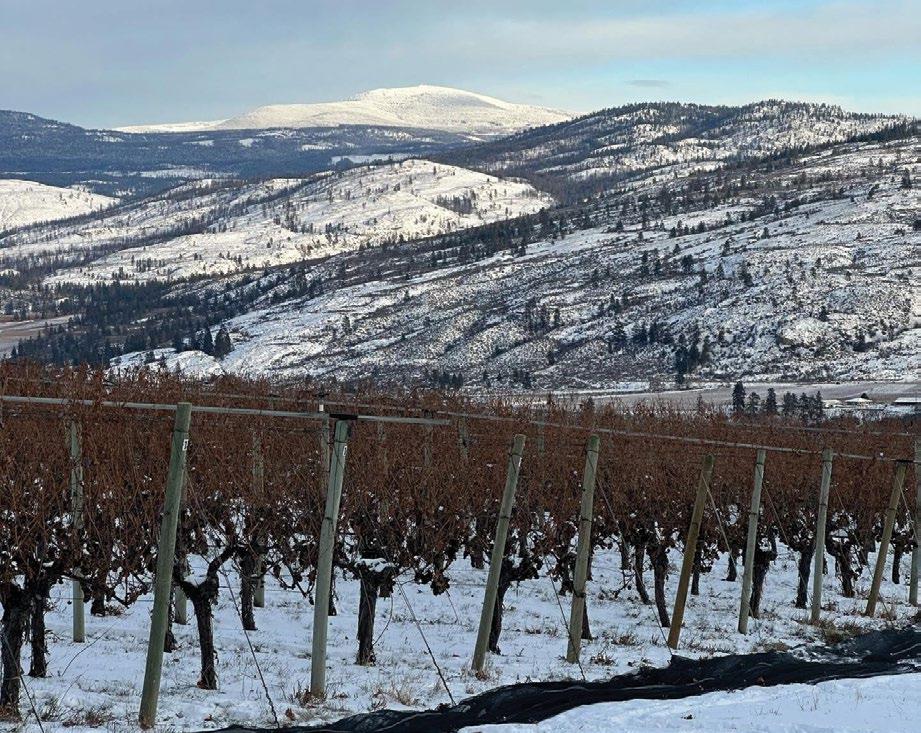
reduction that occurred from the freeze in December 2022.The previous low being in 2021 with five wineries and 34 tonnes picked.”
The number of wineries registering for icewine has declined annually. Eight wineries registered in 2022 and seven picked.

extent of vine death and long-term damage we have seen over the past two years from climate-change related events, it will be at least four to five years until the vines being planted this spring will come to fruition and the priority will be table wines that have a more consistent market.”
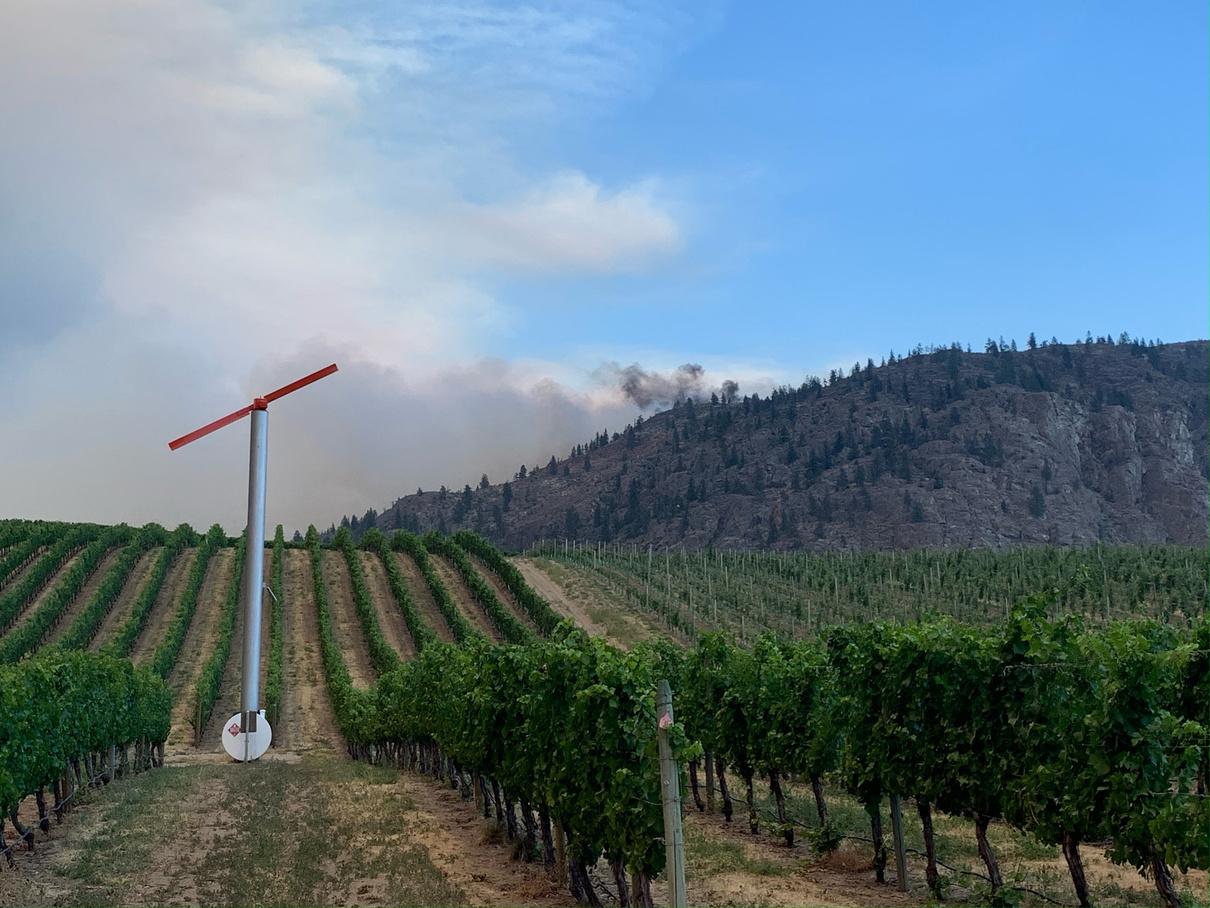
“I would foresee that we will continue to see this type of specialty product continuing either at this level or decreasing even more in the next several years,” says Kelm. “With the
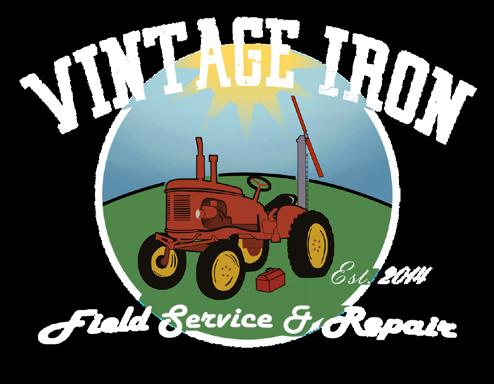

Canadian icewine’s market is China, the UK and USA primarily, she says, adding that while there is a domestic market, it’s not as high as for other types of wine. ■
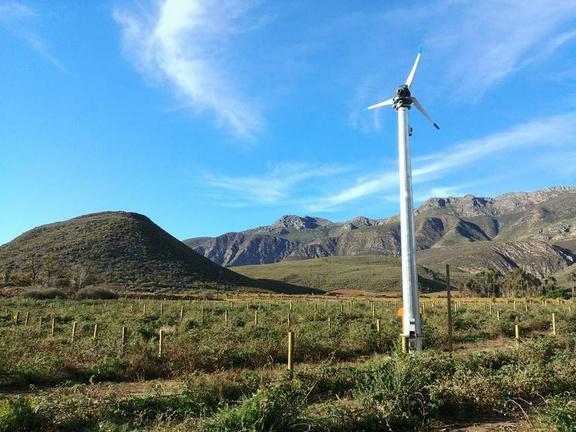

As the new year began, Colleen Frei started her role as executive director of the Washington Winegrowers Association.
Frei was a partner at law firm Jeffers, Danielson, Sonn & Aylward for 18 years, focusing on agriculture, water rights, business and succession planning and has served on community boards and state and professional groups.

“Colleen’s background makes it possible for her to hit the ground running as Winegrowers continues to meet member and broader industry needs. We’re excited for her experience navigating the issues that face the wine industry and her passion and drive to adapt to our ever-changing environment,” said board chair Shane Collins.
As executive director, Frei is responsible for developing and stewarding relationships with growers, vintners, policymakers, educational institutions and other industry partners.
“I am thrilled to join the Washington Winegrowers team to continue strengthening the wine industry,” says Frei. “Winegrowers is at the forefront of innovation and change, engaging all sides of the wine industry with Sustainable WA as the first statewide certified sustainability program, the Latino Agricultural Education Program, and WineVit convention and trade show as examples. I look forward to building on the legacy accomplished to date and am excited to be part of future success.”
Frei takes over from Vicky Scharlau, who held the position since 1999. Scharlau will remain with Washington Winegrowers to facilitate select programs. ■



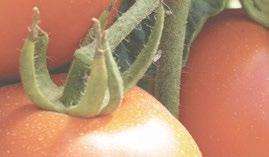
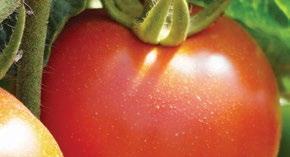









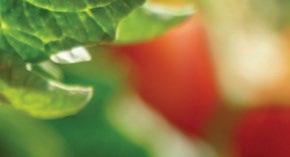



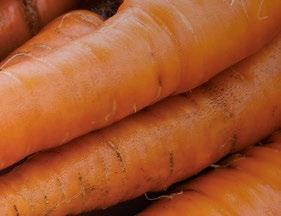
















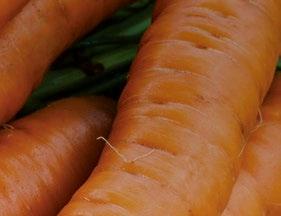
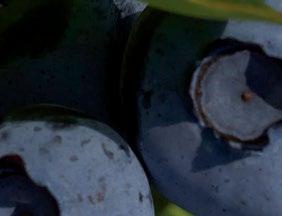
Enjoy the versatility of use in multiple crops, with conventional chemistry or in organic production.








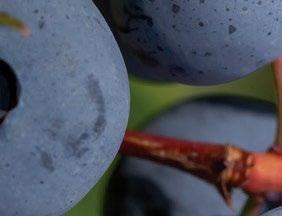











Serifel® is a highly effective, biological fungicide for a wide range of crops. It complements chemistry-based solutions, or it can be used in organic production. Serifel includes multiple unique modes of action that form a protective shield against disease. And with zero PHI it protects your crop – a fact you’ll appreciate near harvest time. Learn more at agsolutions.ca/horticulture or follow us on twitter @BASFAgSolutions.

Always read and follow label directions.










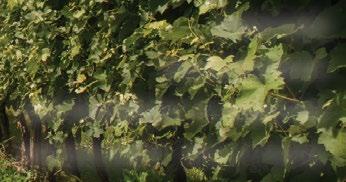
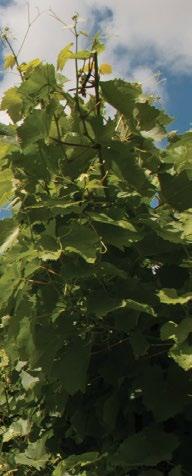

Events held at wineries generally focus on wines, but what if a winery threw in a little personal growth along with the sips and shares? This is the idea behind the wine chat series at Grey Monk Estate Winery and Sandhill Wines created by Bruce Warren, retail manager with Sandhill Wines.
The first event, in late January was dubbed “Sip and Simplify” as it was about decluttering. The next, on February 24, is a personal development session called “The Power Within” with Christine Patten and March’s will bring the focus back to wine with Howard Soon joining current winemaker Sydney Valentino for a ‘that was then and this is now’ chat.
Speakers host the session at Grey Monk at 1 p.m., then shift over to Sandhill for 4 p.m. April and May are in the planning stages.
A great bottle of wine brought about the concept of a wine chat series. Warren, his wife and friends were talking about ways to get people out when the mercury drops and people don’t necessarily want to leave home, but need to get out.






“What can we do when it’s cold out and people are bored? We’ve got to find things to get them out of the house and do things,” he says.
The focus is on relevant topics that can help people. It should be something that is easily discussed over wine.
The chat series may be extended to sister vineyards further south in the Okanagan Valley if it proves popular. ■
The weather was a challenging factor for Ontario’s grape growing in 2023. Winemakers employed a combination of traditional and modern winemaking techniques to harness the potential of the 2023 vintage. Gentle handling of the grapes, minimal intervention and extended maceration periods for red wines were common practices.
Chardonnay and Riesling have once again demonstrated their suitability to the Ontario terroir. Red varieties, such as Pinot Noir and Cabernet Franc, also fared well. The cooler nights during the growing season helped retain the acidity in these red grapes.
A mild winter followed by a warm spring led to an early bud break in the Niagara Peninsula appellation. However, the summer brought sporadic heatwaves and intermittent rainfall. Winemakers closely monitored their vineyards to mitigate potential issues. It was a relatively light harvest, but fruit quality was excellent. From this region, expect well-structured Chardonnay wines and Riesling wines that are expected to display a harmonious balance of sweetness and acidity. Cabernet Franc and Pinot Noir wines from this vintage should also show well.
There was a mix of challenges and opportunities in Lake Erie North Shore. Early bud break and a promising spring start were followed by sporadic temperature fluctuations, presenting some concerns for frost damage. Vineyard managers and winemakers employed various protective measures to safeguard the buds during critical stages.
Summer brought warm and sunny periods, promoting healthy vine growth and fruit development. Adequate rainfall throughout the season contributed to well-hydrated vines, ensuring a balanced ripening process.
White wines from this vintage in Lake Erie North Shore exhibit vibrant acidity, showcasing the bright fruit
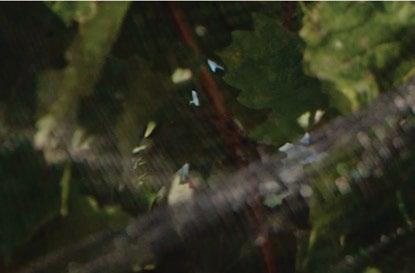
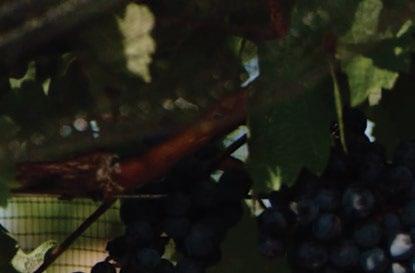
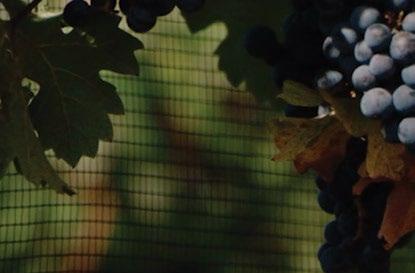


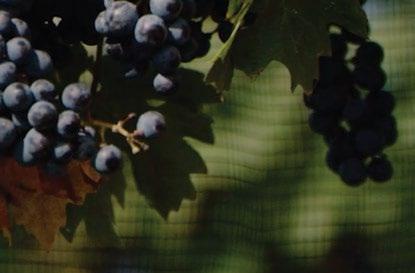

character and minerality inherent in the grapes. Riesling stands out with its crisp acidity and aromatic profile. Red wines showcase rich fruit expression, well-integrated tannins and a balanced structure. Cabernet Franc and Merlot have excelled in this vintage, presenting a harmonious blend of dark fruit flavours and subtle earthy notes.
Prince Edward County winemakers faced a slightly delayed bud break, attributed to a coolerthan-average start. However, a warm and dry summer with consistent sunshine facilitated optimal grape maturation. A mild and extended fall followed, allowing for a gradual harvest and optimal ripening across different varietals.
Chardonnay grapes from Prince Edward County showcase a harmonious balance of acidity and ripe fruit flavours. Pinot Noir displays a spectrum of red fruit aromas, nuanced by hints of spice and earthiness. The extended ripening period has contributed to refined tannins and a velvety mouthfeel in the Pinot Noir. Cabernet Franc grapes achieved full phenolic ripeness. Anticipate
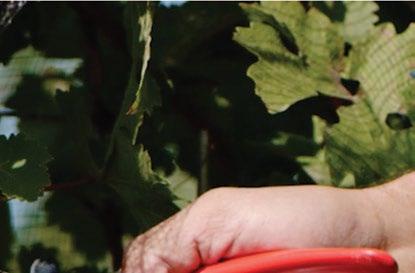

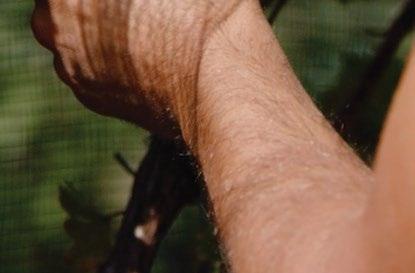


aromas of red berries, herbs and a distinct peppery character, supported by well-integrated tannins.
Ontario’s harvest was prolonged and extended through the fall, with many still picking in late November. Luckily, the weather held and was relatively mild and dry across all appellations. By November 15, the customary deadline for late harvest and icewine registration, many wineries were still actively harvesting grapes for table wine. The late harvest and icewine registration deadline was subsequently extended to November 30, 2023.
Despite the earlier concerns during spring, the vintage benefited from extended hang time, allowing flavours and aromas to develop fully. The yields varied across sub-regions, with some areas experiencing slightly lower quantities across specific varieties due to weather-related stress on the vines while other areas experienced yields above average.
In mid-December, 4,095 tonnes of grapes were registered for icewine, a significant increase over last year’s 765 tonnes. ■
New Holland’s T7 Methane Power LNG tractor has made the Time magazine’s 2023 Best Invention List as the first LNG (liquified natural gas) powered tractor. This year’s special mentions list featured 50 inventions recognized for their unique impact.
Curated by Time’s editors, the list showcases inventions across several categories and includes innovations that solve compelling problems in creative ways. This year, Time expanded its categories in response to the rapidly-changing progress in fields such as artificial intelligence, sustainability and more, paying particular attention to growing fields such as the electric vehicle industry, green energy and the metaverse.
“It’s an honour to receive such a prestigious recognition from Time, a publication with an esteemed legacy in journalism,” said Carlo Lambro, New Holland brand president. “This special mention reflects the long commitment New Holland has in sustainability and our role of leadership in the agricultural sector. This award is a milestone for the company, so congratulations to everyone who worked so hard to achieve such incredible results.”
New Holland has a long-standing commitment to sustainable agriculture and, in particular, alternative fuel technologies. For over 15 years, the brand has led
the way in producing alternative propulsion products that provide the agricultural industry with realworld solutions toward its goal of sustainability.
A farm’s carbon footprint is a significant factor in determining its sustainability. However, farmers still need powerful tractors that can run around the clock. Natural gas, especially biomethane, is presently the ideal solution to guarantee higher horsepower machine performance while lowering emissions and operating costs.
New Holland’s T7 LNG tractor is an industry first. Liquefied methane delivers four times as much fuel storage capacity as compressed gas. With fuel autonomy for a working day and 270hp, there’s no difference in performance between the LNG and a diesel tractor.
The LNG tractor can be fueled by fugitive methane, strategically captured from livestock waste slurry lagoons. The methane is converted into fuel-grade liquefied natural gas using patented cryogenic processes, solving the low boiling point challenge historically seen with this fuel source.
Compared to diesel, LNG’s high energy density emits 80 percent less carbon monoxide emissions, and the T7 LNG, when fueled by captured and processed bioLNG, can reduce C02 emissions by 878 tons per year. ■
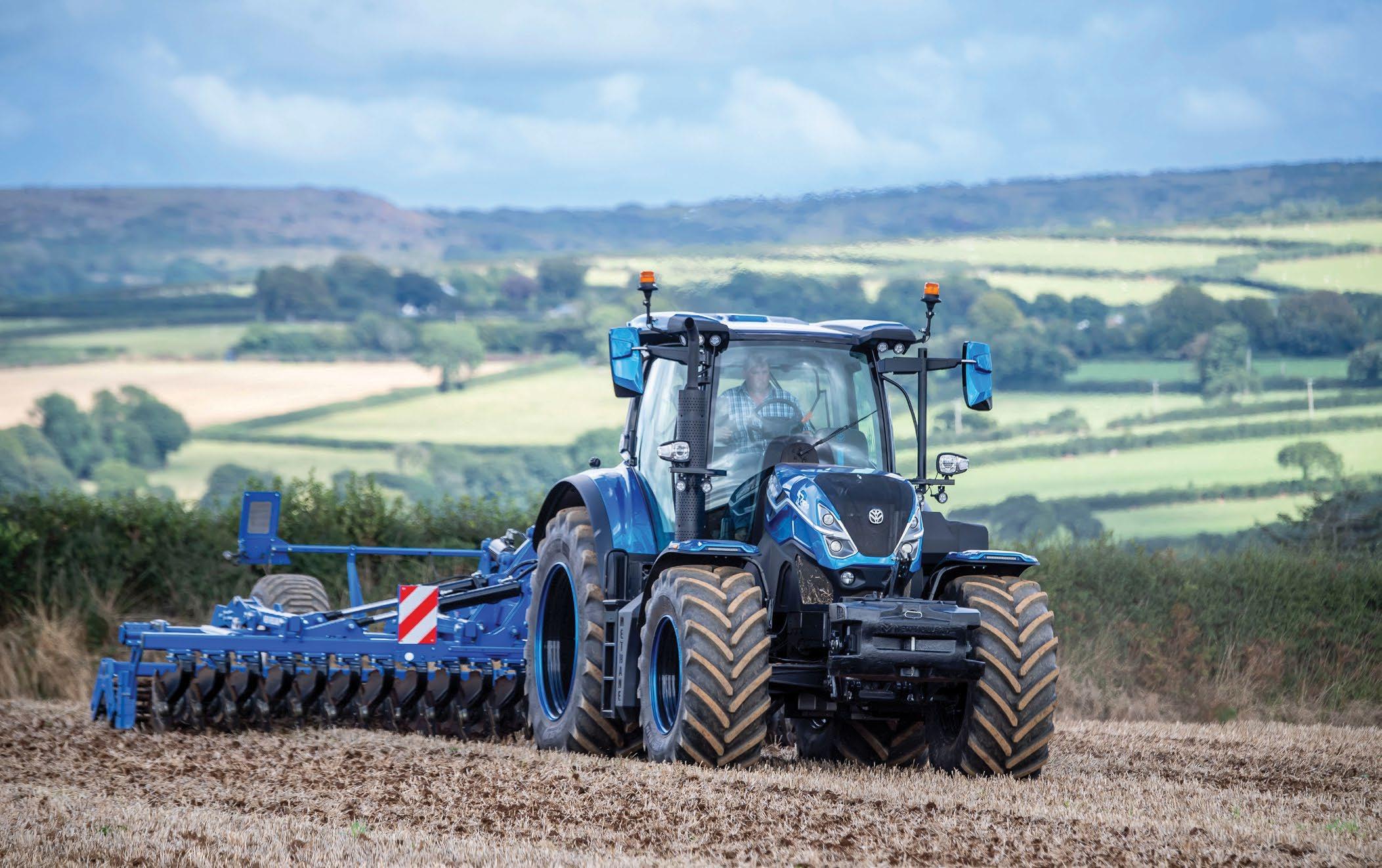

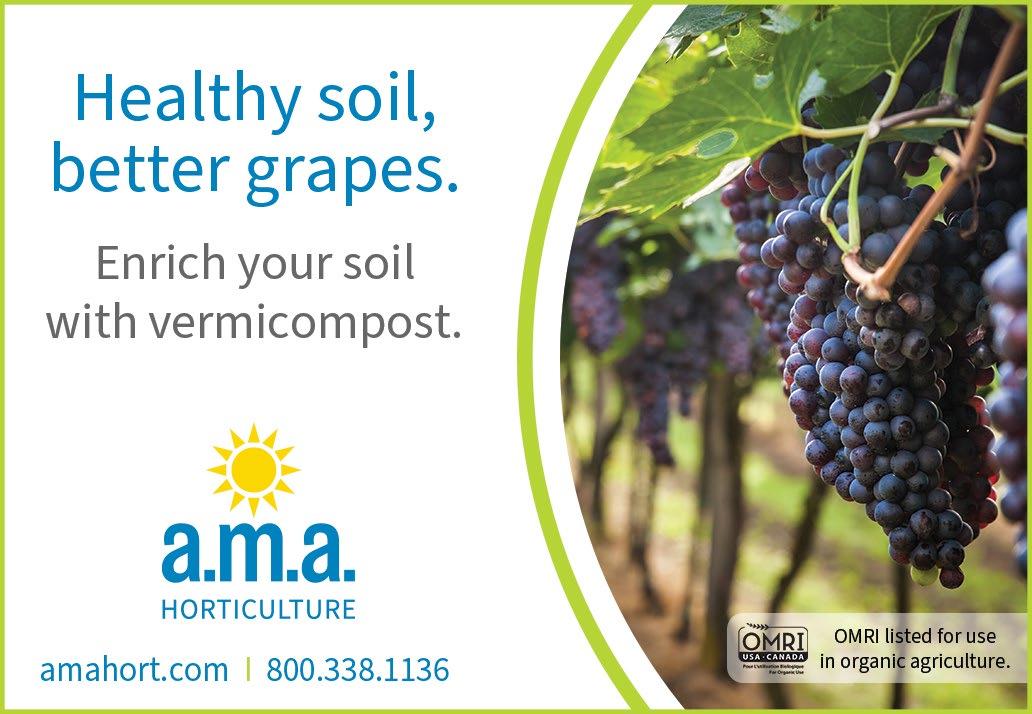
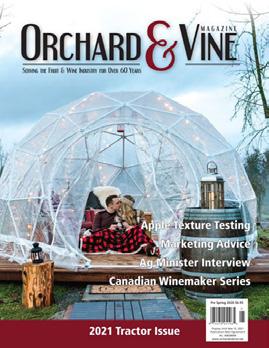
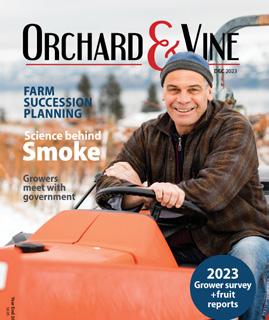
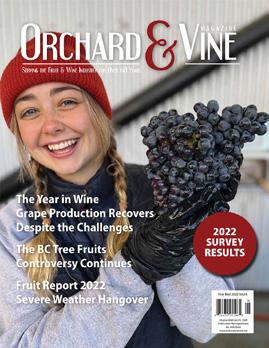




Consider it spring training for farmers. Ensure readiness for the field with this 101 on equipment prep for the upcoming season.
BY RONDA PAYNE
Spring is on its way, there’s no denying it. And while thoughts are likely to turn to planting new varieties, soil prep or repairs, it’s also the ideal time to do an inspection on equipment. Now is the time to get equipment ready for long hours of use, so the season feels more like a home run than a rain out.
Kyle Dabrowski, product manager, agricultural tractors, with Kubota Canada says it’s mostly about maintenance.
“There’s never really downtime when it comes to farming,
but there’s time when equipment is not being utilized,” he says.
This gap in the demand for equipment is when servicing can take priority.
“Look at maintenance for the units,” he says. “You don’t want to be getting out on the field and start the season and your equipment dies on you. Time is money and the worst thing that could happen is that you’d be down and out at the worst time of the season.”
Store operational manuals, maintenance records and supplies together to make the process easier.
Even though maintenance may have been done at the right intervals, there may be other recommendations in the manual. If maintenance is complete, get under the hood for a look.
“Make sure that your oil and oil filter… have been changed,” he says. “Looking at your air filter, making sure that that’s been cleaned out. You’re starting out nice and fresh.”
Check the fuel system for leaks and ensure that fuel filters are clean. Grab a flashlight to inspect belts for any cracking or wear and see if you can spot any freeloaders
or their homes; look for debris or nests in and around the engine.
“You don’t want [a rodent’s nest] to be engulfed in flames when you’re trying to get around the field,” Dabrowski says. “They can chew on wires, so check those, making sure they’ve not gnawed on anything and check around the exhaust area, making sure nothing has collected around there.”
Get a look at the battery to ensure there is no corrosion on the leads and make sure it’s still holding a strong charge.
“Let’s be honest, a lot of this is just similar inspections you’d do with your car really.”
No one wants to take a spill while running the bases and the same goes for tractors. While kicking the tires does little good, making sure there are no punctures or cuts does.
“Make sure they’re holding pressure and that there’s no excessive
Dabrowski points out this fluid has a surprisingly short shelf life and can degrade even faster given temperatures and sun exposure.
“It can not only degrade, but can also cause some system issues,” he says. “It might be worth flushing it out.”
A diesel fluid refractometer can determine if the fluid is still usable.
Grease points are another focal point and while these get attention regularly, take the time for extra care now.
“Lubricate those moving parts. They should be more familiar as they should be [greased] every 10 to 15 hours. If it’s squeaking it’s past the point of need.”
One of the final steps in a pre-spring equipment check is an operation test.
“Take the unit out, drive it around, try all your different systems,” he says. “Hydraulic controls, your electrical system, your transmission. Make sure everything is running correctly. Check your work lights.”
All that said, not everyone is comfortable getting under the hood and doing an inspection. Dabrowski suggests having someone who is comfortable help out, or hiring the task out to a trusted mechanic.
If equipment is becoming more problematic than it’s financially worth, it’s time to look at something newer. There are other reasons to consider buying or financing new equipment.
“Often farmers want to have some form of warranty on the unit. It could be time to trade it in on a new piece of equipment with a new warranty,” he says. “If they’re leasing, that could be a factor. If there’s new technology that’s come out recently that would help them with their operation, that could drive them to a new piece of equipment.”
Kubota has telematics, called KubotaNOW, in its equipment that makes everything about operations and maintenance easier.
“It gives you maintenance
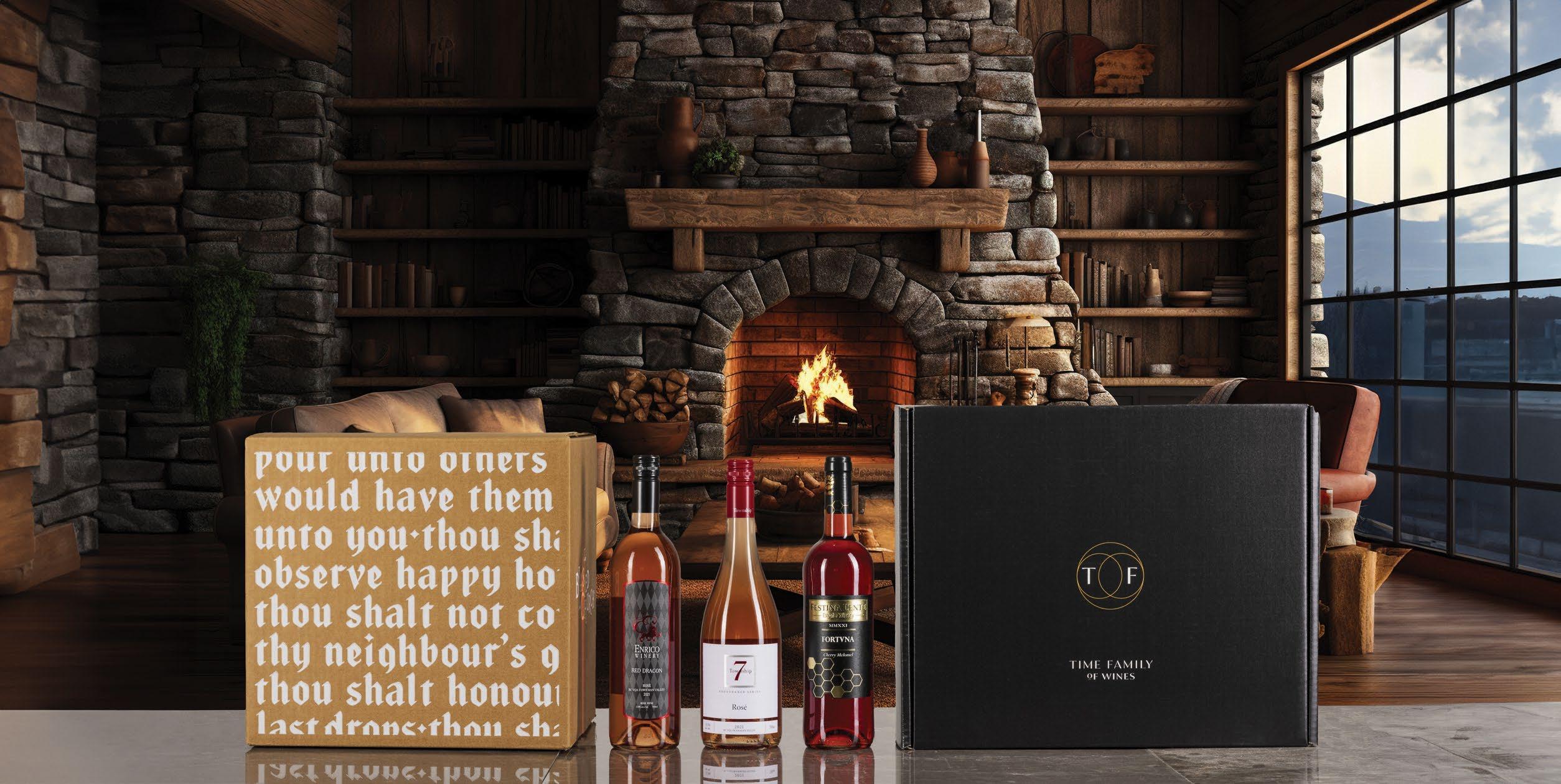
Curiosity plows into tradition as agriculture aims to balance function and familiarity with environmental considerations and government-offered carrots. Going electric doesn’t deliver the same charge for everyone.
BY DAVID WYLIE
These days everything is electrifying—including farm equipment—but not everyone is ready to give up their trusted dieselpowered engines for electric vehicles.
As EV buzz abounds, farmers fear forced adoption by government will come with a financial sting at a time when they’re already hurting.
Ready or not, signs point to an electric evolution coming soon to fields, orchards and vineyards in British Columbia. The Ministry of Energy,
Mines and Low Carbon Innovation has been consulting with the agricultural community on the future of mediumand heavy-duty zero-emission vehicles.
The BC Agriculture Council (BCAC) has been pushing back over a possible blanket ban in B.C. on tailpipe exhaust, advocating for exceptions, such as allowing plug-in hybrid electric vehicles.
BCAC’s director of policy, Paul Pryce, says there must be acknowledgment from government

of the differing needs and risks involved in agriculture.
“Farmers are already hit with a lot of debt right now, high interest rates and high inflation,” he says.
“The idea of taking a perfectly good [vehicle] and saying, ‘well because it has some tailpipe emissions you have to trash that and buy a fresh one to meet these new regulatory requirements’ is something that we objected to.”
There are pros to electric farm vehicles (less maintenance, increased

sustainability). However, there are also some serious cons, including a lack of charging and wireless infrastructure in rural and remote areas; limited range of vehicles—an issue exacerbated by cold weather; prohibitive costs; and limited to no availability.
Pryce says the technology is just not up to meeting the intense demands of agricultural work. He fears the nightmare scenario of a neighbour asking another neighbour for help harvesting as the weather suddenly turns cold, but that neighbour’s equipment has no battery life left.
“With producers there’s limited risk tolerance. If something doesn’t go right you can lose a year’s worth
The Sustainable Canadian Agriculture Partnership Program is a five-year $3.5-billion partnership that funds agriculture and agri-food sector sustainability programs. agriculture.canada.ca/en/ department/initiatives SUPPORT PROGRAMS
The province has a number of programs that are intended to support the electrification of B.C. farms.
The B.C. On-Farm Technology Adoption Program provides cost-shared funding to eligible participants to adopt new technologies on-farm that will enhance profitability, productivity and/or efficiency. This includes equipment such as digital sensors, automated equipment and robotic harvesters. innovatebc.ca/programs/ bc-on-farm
The Beneficial Management Practices program supports the replacement of fossilfuel-driven equipment or motors with electrical equipment or motors through cost-share funding to eligible participants. iafbc.ca/beneficialmanagement-practices
of work or more,” he says. “Having something that’s tried, tested and true creates that sense of comfort.” Two things could help increase adoption, he says: firstly, strong financial aid options, like tax credits
Controller
Electrical System 48 volt system
Gear Selection Forward, Neutral, Reverse Battery Trojan T-105
Extended Run Time Battery Trojan T-145
BRAKES
Type
“ There’s limited risk tolerance. If something doesn’t go right you can lose a year’s worth of work or more. ”
Dual rear wheel mechanical drum, auto adjust
Park Brake Hand operated, multi-latch
TIRES
Front
Rear
SUSPENSION AND STEERING
Front
22.5x10.00-8, 4-ply hi-flotation turf
Paul Pryce director of policy, BC Agriculture Council
25x12.00-9, 4-ply hi-flotation turf

Independent, spring over shock, single A-Arm
Total Travel 5 in. (127 mm)
Rear
A competitive analysis by global research company, Research and Markets, says the electric farm tractor market in Canada is forecast to grow by more than 10 percent between now and 2027.
2 hi-flotation, low pressure tires
Steering Rack and pinion
DIMENSIONS
Height – in. (mm)
Width – in. (mm)
Length – in. (mm)
With / Without Bumper
Financial incentives offered by government to offset higher upfront costs will help drive adoption, says the report.
Research and Markets also says electric tractors can help farmers appeal to consumers looking for sustainably produced food. They often require less maintenance and have fewer parts to replace.
Go electric, and see what zero can do. Zero operating emissions. Zero fuel consumption. Whisper quiet and tackles your entire workday or to-do list on a single charge*. All while sacrificing ZERO in power and performance–this Gator™ hauls up to 500-lb (227-kg) with the same versatile Deluxe Cargo Box you’ll find on the TX and TH models. A UL-approved charger that automatically shuts off after reaching a charge comes standard. So make the change. The feeling will be positively electric.
To fill the need, major farm equipment companies are making R&D investments into farm EVs, heavy-hitters including AGCO, Deere and Company, Kubota Corporation and CNH Industrial.
John Deere says green- and yellow-branded electric compact



44.5 in. (1130 mm)
in. (1524 mm)
utility tractors, commercial and residential mowers, Gator utility vehicles and more than 20 models of construction equipment will be on the market by 2026.
in. (2728 mm) / 104.9 in. (2664
The company’s product manager for electrification, Derek Muller, says customers have certain expectations of what the equipment will be capable of and they want a “next generation” user experience.
He says electric machinery will bring revolutionary changes to agriculture.
“The more producers reduce the cost of their operations, the more flexibility it gives them to make more passes in the field, essentially doing more with less,” he says. “They can manage yield and plant health on a more frequent basis; enabled by the cost of that pass being so low. They are no longer exposed to fuel costs. Producers can focus on the


Plug, charge and go.
No removing the battery. No special charging station needed. The external AC outlet can be plugged into any wall receptacle, it’s also covered to protect it from the elements. The charge indicator light measures 3 levels: solid green light is fully charged, faster green flashing light is more than 80% charge, slow green blinking light is a low charge. Red flashing light indicates service is required for the charger or batteries. There is also a battery level indicator gauge located on the dash for easier readouts on-the-go.


health of the plants/animals and truly optimize the material inputs such as fertilizers, chemicals and feeds.”
Currently, electric tractors are rare in Canada but not unheard of Ontario farmer Tony Neale has gained some celebrity for Wheelbarrow Farm through his electric tractor.
In 2017, Neale worked with Solectrac in Mendocino, California, to develop a solar alternative. Public support got the grassroots project off the ground, as customers, friends and family helped finance the tractor, along with a grant from the Greenbelt Foundation.
The solar-powered tractor is charged using energy from a 10kW array. It’s been a boon to Neale who has used the unique vehicle to gain national media exposure for his small vegetable and flower farm in Sunderland, Ontario.
These types of electric projects are being encouraged in B.C. through provincial programs that support innovation.
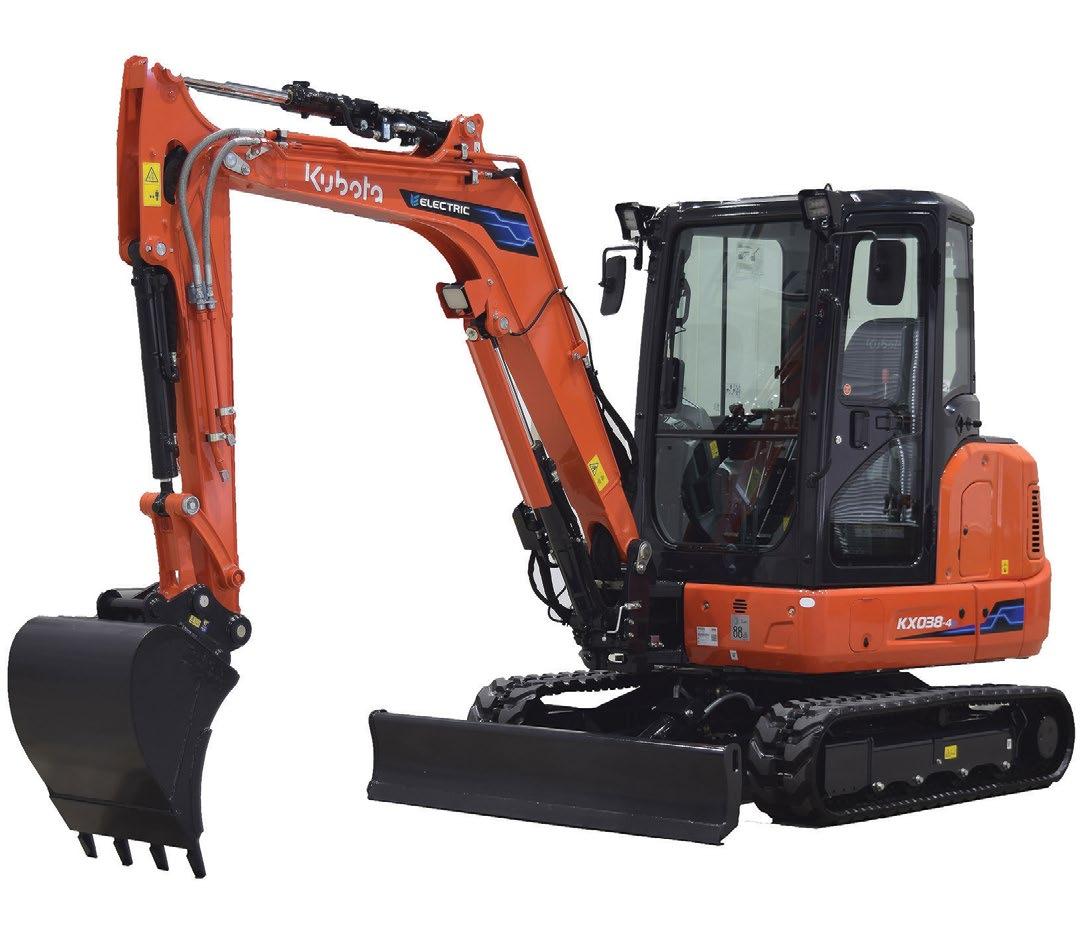
The Ministry of Agriculture and Food says CleanBC is also helping farmers with sustainable projects and implementing sustainable agricultural practices on their farms and orchards to work towards a cleaner, healthier environment. ■
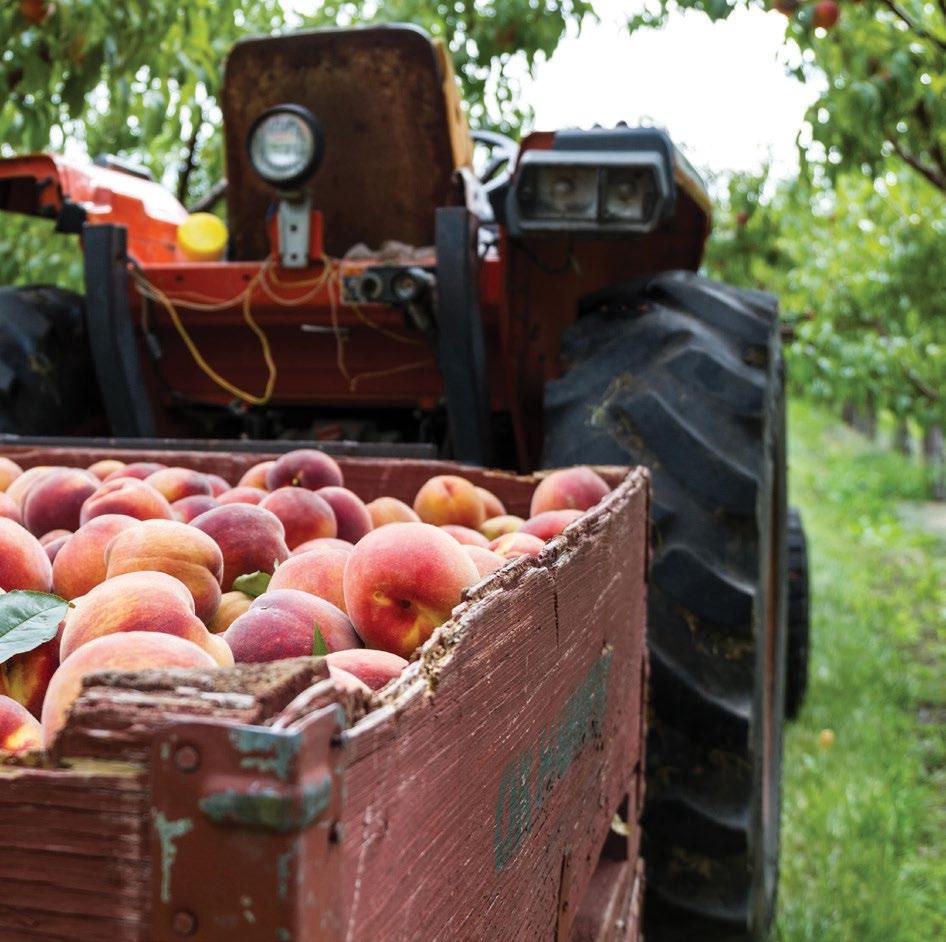


Researcher Qing Yu oversees the national collection of nematodes at Agriculture and Agri-Food Canada’s Ottawa Research and Development Centre.

BY KATE AYERS

bove ground or below, fruit and crop production sees its share of microbes, insects and animals that can help or hinder plant health. Among the organisms beneath the soil’s surface is the perceivably notorious nematode. Though the word nematode may strike up fear in growers, many more “good” nematodes exist in the soil than “bad” ones.
These microscopic, unsegmented invertebrates live in soil and


Beneath the soil, lies a tiny but vital world of friends and foes: nematodes. These tiny organisms play dual roles, serving as both allies and adversaries to growers, who are now learning to harness their potential for healthier crops.
water around the world; they can even be found in the Arctic, says Agriculture and Agri-Food Canada research scientist Qing Yu.
Nematodes can be separated into two main groups: entomopathogenic and plant-parasitic; the former benefits crops and the latter harms plant populations.
Entomopathogenic nematodes (EPNs) help break down organic matter and can infect and kill insects that could harm plants. In
berry crops, beneficial nematodes can be used to control insects such as root weevils and white grubs, says Ontario Ministry of Agriculture, Food and Rural Affairs fruit crop specialist Erica Pate.
Plant-parasitic nematodes damage plant root systems by burrowing into roots to feed or by inserting a long stylet, which is a needle-like structure. Root damage reduces the plant’s ability to take up water and nutrients as well as makes the plant more susceptible to

bacterial and viral diseases and environmental stressors. The three main plant-parasitic nematodes that impact the tree fruit industry are root lesion, dagger and ring nematodes.
Damage caused by parasitic nematodes can be hard to diagnose because the resulting above-ground symptoms are non-specific and are similar to other crop-harming issues, including nutrient deficiencies.
“If the nematodes parasitize the crops, then crops will show symptoms of yellowing, stunting and sometimes death,” says Yu.
According to Yu, nematode populations are generally not widespread in a field but instead found in hot spots. As a result, nematodes may cause poor tree vigour in patches of an orchard.
Young trees severely infested with parasitic nematodes often become unproductive or die. Replacement trees planted in an infected area become infested and may also die.
Since nematodes are microscopic, the best way to monitor presence and population density is with soil and root samples. Nematode populations are highest in the fall when most of the population has moved from the roots to the soil, which is the optimal time to send samples to a diagnostic lab. Producers can also take samples in the spring after the soil has warmed up but fall sampling provides time to plan for the next season if parasitic nematodes are detected.
Monocultures are one contributing factor to parasitic nematode issues, Yu says.
“If you are continuously growing one crop in a field, year after year, you’ll likely have problems with nematodes,” he says.
Producers with long rotation tree fruit orchards, for example, can use integrated management strategies that leverage diversity to improve soil health and thereby increase the number of beneficial nematodes.
“If you are continuously growing one crop in a field, year after year, you’ll likely have problems with nematodes. ”
Qing Yu research scientist, Agriculture and Agri-Food Canada
“Applying soil amendments like manure, compost, green manure,” says Yu. “They become the food for bacteria and fungi which feed beneficial nematodes. If you have several plant species in a particular field, you usually won’t have nematode problems because you are promoting diversity.
“A more diversified system is more stable. It has been proven scientifically that more diversified nematode communities are healthy and suppress plant-parasitic nematode populations.”
Pate agrees. “Growers can promote beneficial populations by reducing stresses on the EPNs, such as tillage and the application of nematicides, and manage or increase organic matter in the soil,” she says. “EPNs will benefit from soils with a higher organic matter that has less compaction and more pore spaces, and a greater diversity of life in the soil.”
Serving the wine, cider and spirits industry for over
Pate adds that growers should start with clean plants, grow nematode-suppressing cover crops before establishing horticultural crops and control weeds to reduce alternative hosts.
“If plant-parasitic nematodes are present in the soil, be sure to plant crops that cannot be a host,” she says.
Pre-plant soil fumigation is an option to reduce nematode populations. However, no chemical options are available for use on fruit-bearing trees in Canada. Like many bacteria controls kill off both good and bad bacteria, the broad-spectrum nature of nematicides reduces both beneficial and harmful nematodes. The products are often highly toxic to nontarget aquatic and terrestrial organisms and can radically change the soil flora, fauna, mycorrhizae and the surrounding environment.
In May 2023, University of Toronto researchers developed a new way to target plant-parasitic nematodes through bioactivation. During the study, researchers worked with a chemical compound called selectivin, which kills nematodes with minimal impact on other organisms. The chemical only becomes toxic when metabolized by nematodes; otherwise, the substance is benign on its own. All nematodes—good and bad — are part of the ecosystem, says Yu. “The ones we focus on most feed on plants and are called plantparasitic nematodes. For us, they are pests, but for the ecosystem, they are part of the nutrient cycle.”
With sound land stewardship and best management practices, producers can rest assured that organism diversity and healthy soils will contribute to bumper crops without too much interference from undesirable nematodes. ■


35 YEARS, with an extensive selection of equipment, supplies and premium-quality ingredients









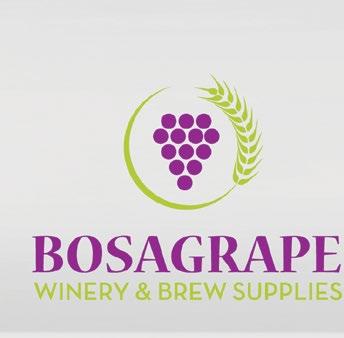

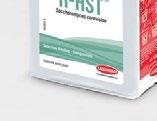

























6908 Palm Ave Burnaby BC Phone 604-473-9463 Toll Free 1-866-554-7273

orders@bosagrape.com ecom.bosagrape.com

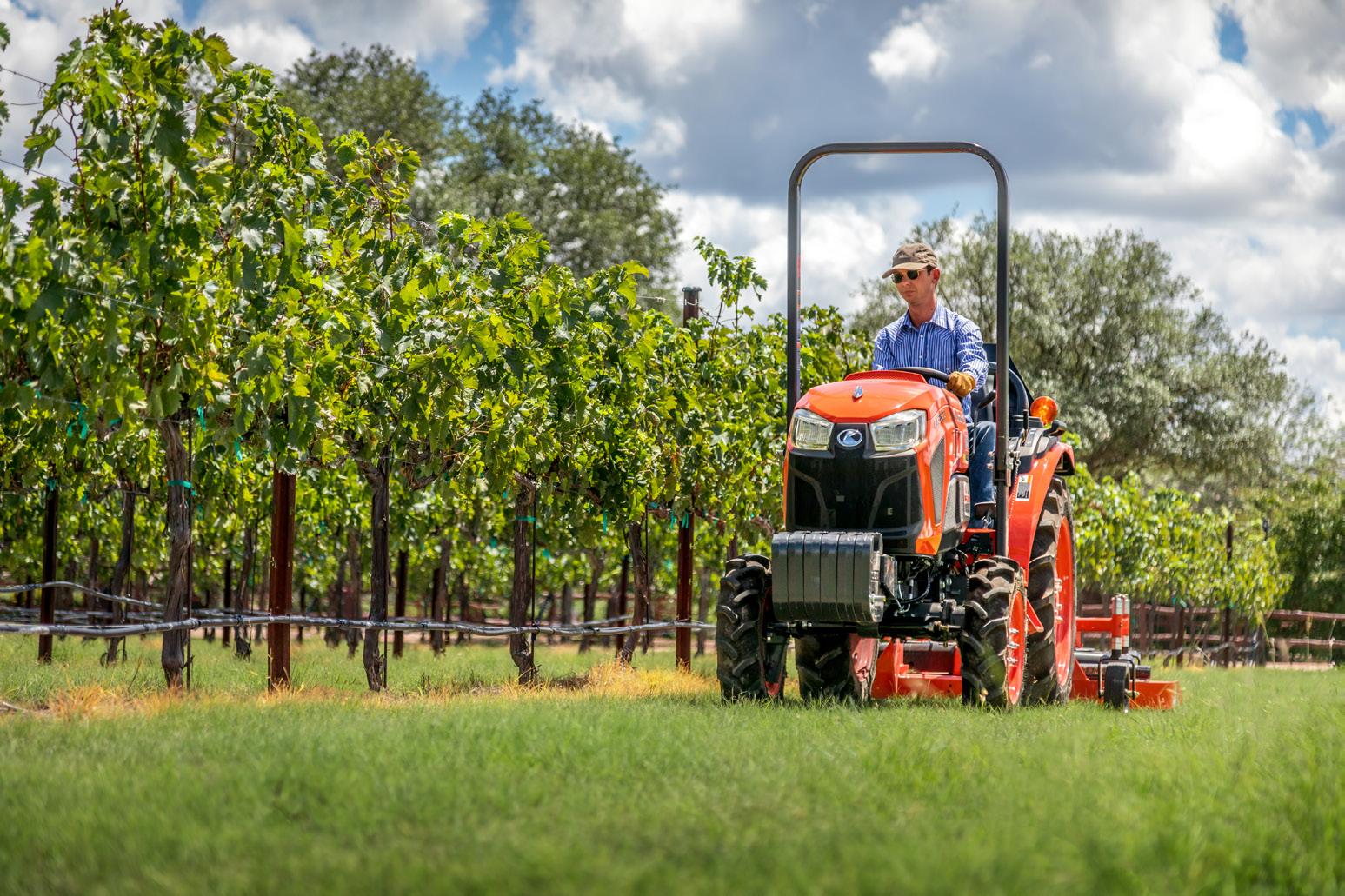
Work can be a battle of inches. A battle that continues when the temperatures change and the path gets tighter. Good thing Kubota’s got tractors, attachments and implements with plenty of power and versatility in a slim package – so you can conquer vineyards and orchards all season long.
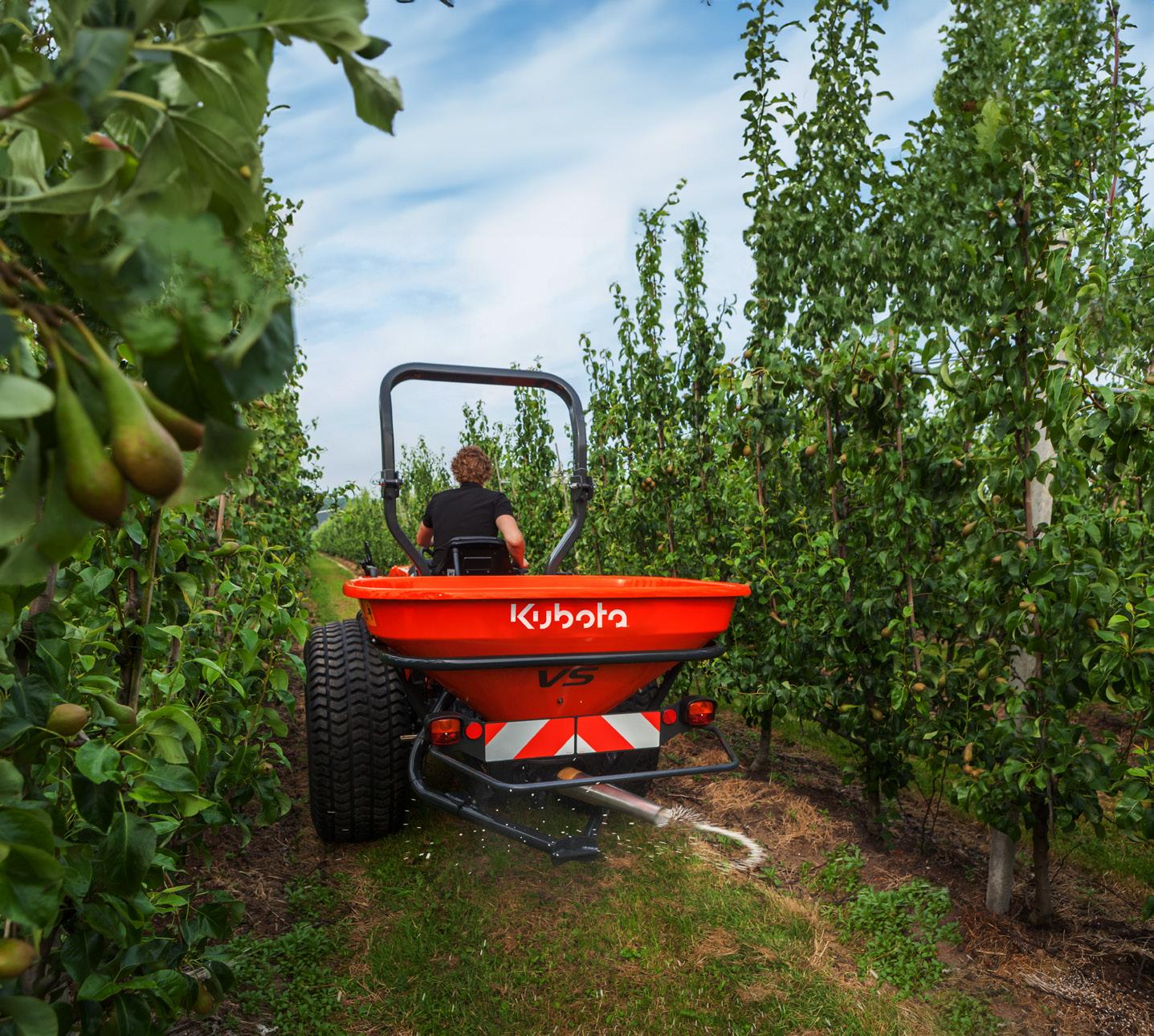

SCAN TO LEARN MORE




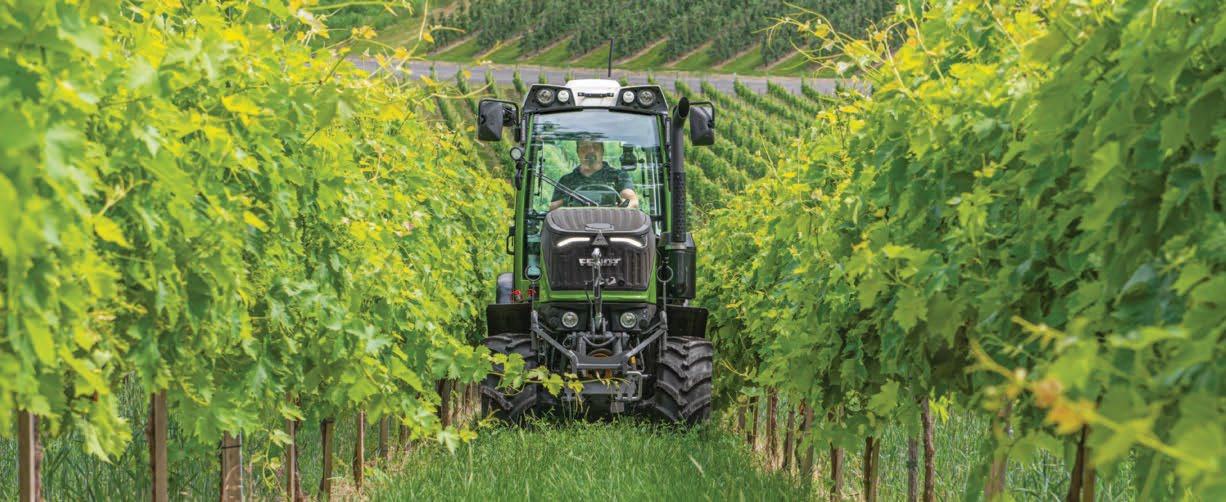

Antonio Carraro SN6800V Tora Series
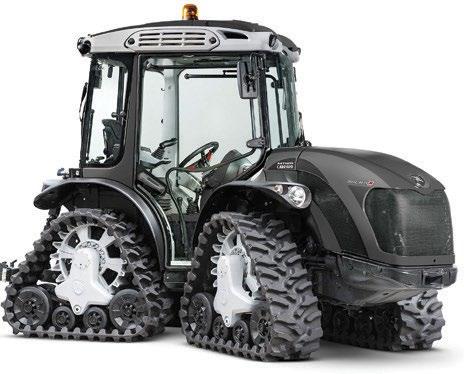
Carraro Mach 4 8900R
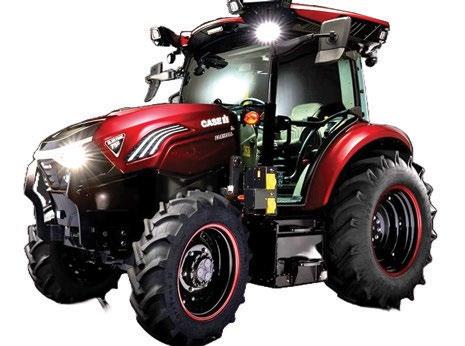

Brakes Rear service brakes: oil-immersed dual discs with hydraulic control
front/rear oil bath disc brakes; independent hydraulic rear steering brakes
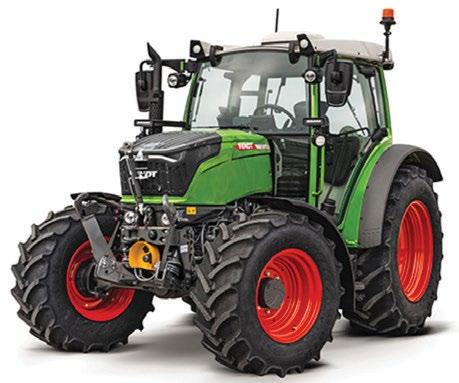
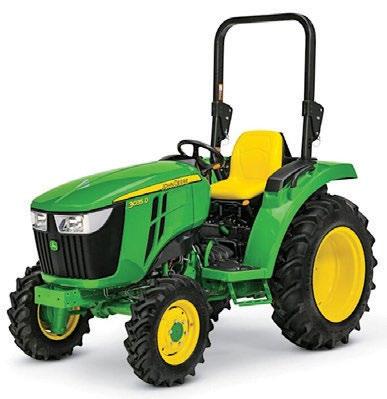
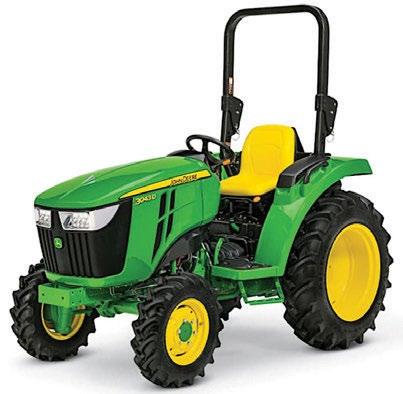
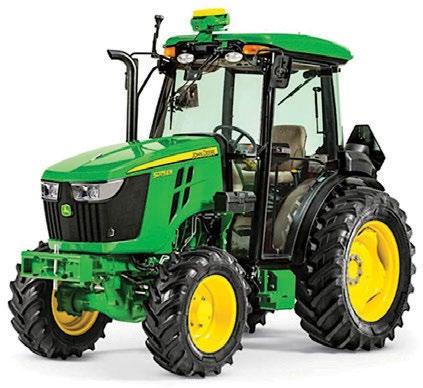

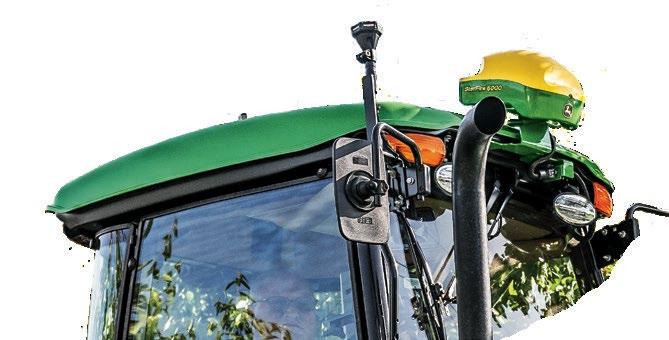
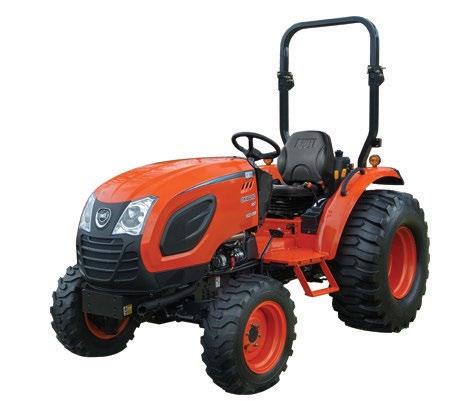
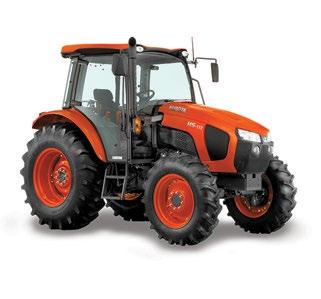
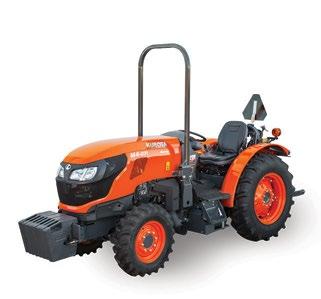
Transmission Hydrostatic Dry Single Stage 8 x 8 / 12 x 12 / 24 x 24
Steering Hydraulic Power Steering
hydraulic shuttle 12x 12 / 24 x 24 Electro hydraulic shuttle
Hydrostatic power steering Hydrostatic power steering
Brakes Wet multi disc Hydraulic wet disc Hydraulic wet disc
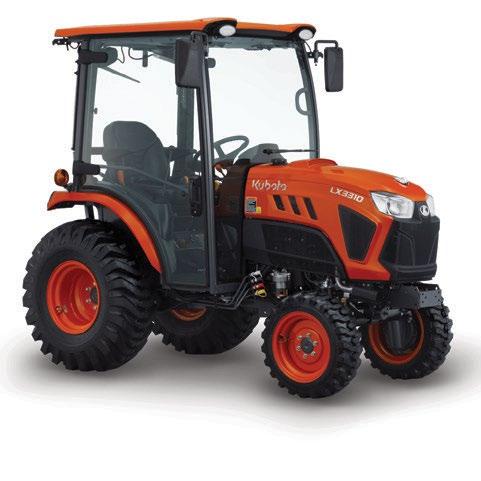
Transmission 3-range hydrostatic

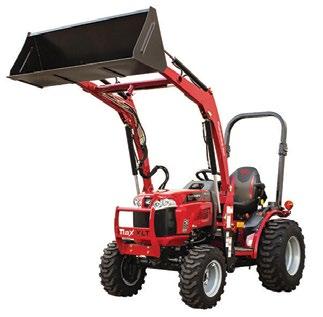
x 8 Constant mesh with synchronized shuttle
Synchromesh on shuttle and main gear shift of constant mesh
Steering Hydraulic power steering Hydrostatic power steering Power steering
Brakes Multi-plate wet disc
Wheelbase 166.6 cm
kg
Mechanical, wet disc type Wet disc
cm
cm
Website kubota.ca kubota.ca mahindracanada.ca
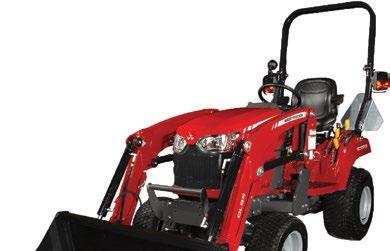







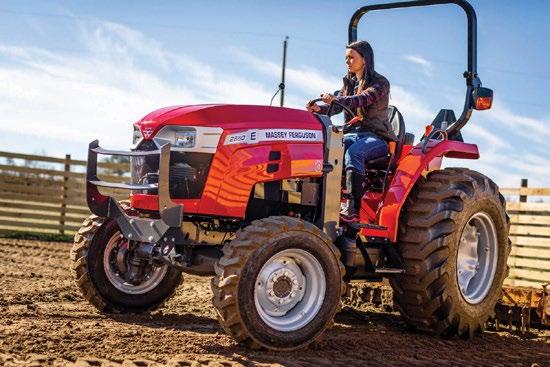
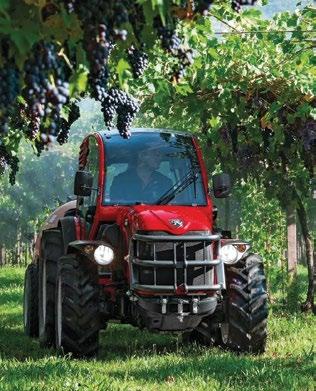
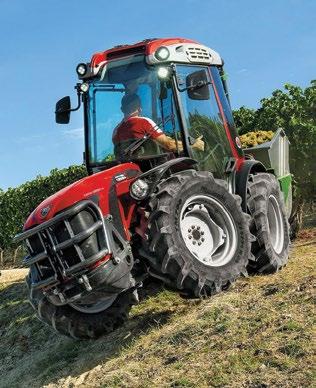
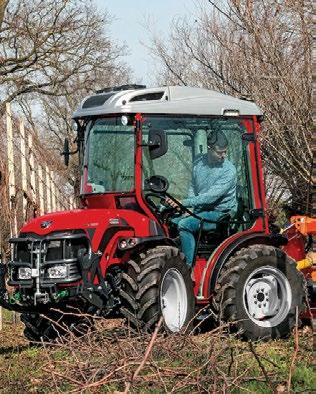
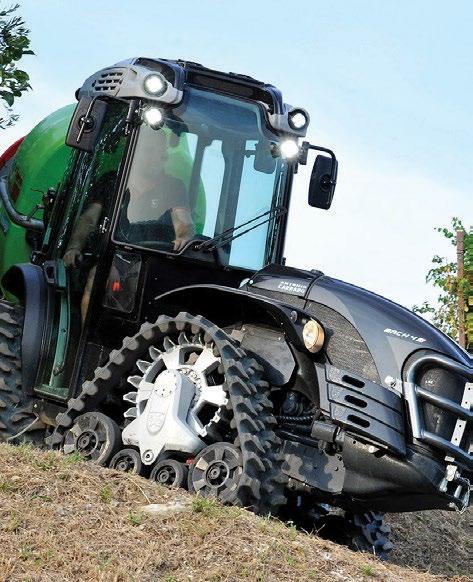

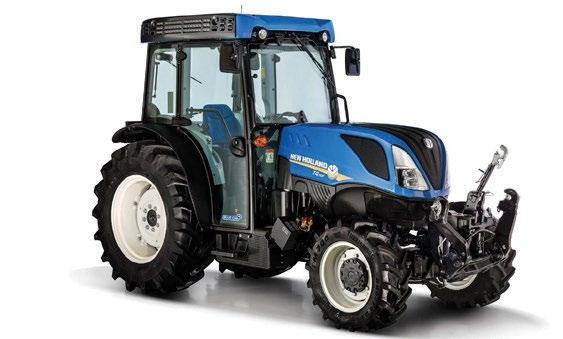
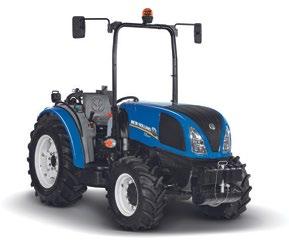


Website agriculture. newholland.com

newholland.com
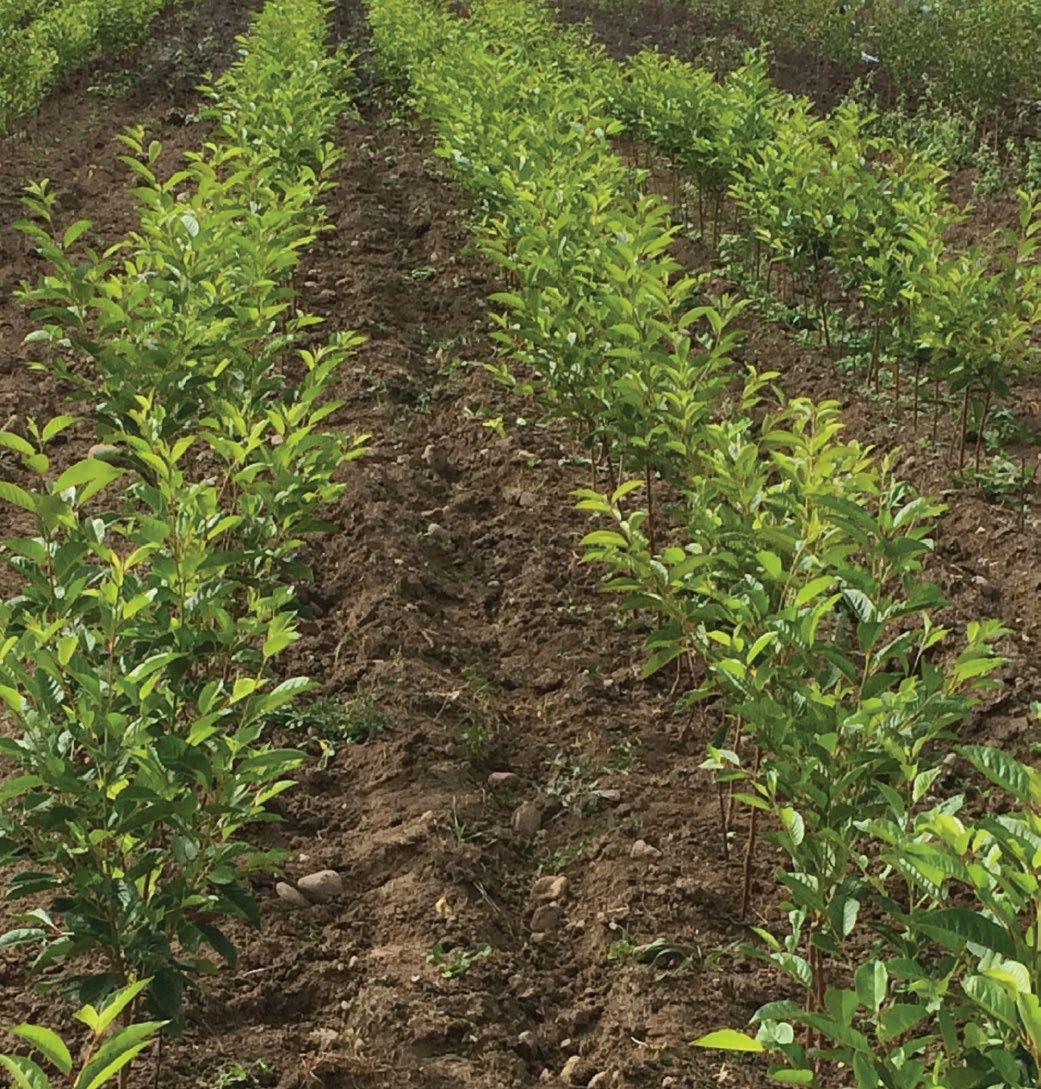




As my retirement from the BC Fruit Growers’ Association nears — and with the start of a new year — it is time for retrospection.
When I arrived to take on the role of BCFGA general manager in 1998 (yes, last century), the apple sector was in a downturn and cherries were a new, exciting crop. The industry has had its ups and downs in the past 25 years, with the current apple and cherry challenges caused by markets or weather.
In 1998, there was concern when the Washington state apple production exceeded 80 million boxes, but now Washington state production potential is closer to 150 million boxes. On the cherry side, production in the first half of August was a new concept, and since 1998 has shifted out two or more weeks. In 25 years, we may think of September harvests as a normal part of the cherry season.
Labour was and is a large concern for the tree fruit sector. In 1998, the berry sector had seen worker shortages and tree fruits were just starting to feel a pinch. The governments of the day (of all stripes) seemed to take the stance: as long as there is one unemployed person in B.C., there could be no temporary foreign worker program.
Industry persisted: berry and tree fruit surveys noted that crops were being lost due to labour shortages. In tree fruits, we had expected the shortages to be in cherries. In fact, apple crops were at risk due to Quebecois orchard workers going home at the end of August.
We explained demographics to policymakers (more urbanized population, fewer youth willing to work on farms), and in 2004, the
province approved the startup of the Seasonal Agricultural Worker Program (SAWP). Since then, farm workers from the Caribbean and Mexico have taken an ever-larger part in the harvest of B.C. crops.
In the Okanagan, four Mexican workers were on the Seasonal Agricultural Worker Program in 2004. Today, there are about 1,500 Caribbean (mainly Jamaican) and 2,500 Mexican workers in the program working in the Okanagan — about 54 percent of the total SAWP workers in B.C. This assured supply of farm workers is not without cost, and it has been an ongoing effort of the BCFGA to make the program as practical as possible for growers while protecting the integrity of the program and protecting the


program from the many critics from outside the agriculture sector.
The acreage changes between types of tree fruits and grapes have shifted over time and will continue to shift. In 1998, cherries had been through a steep decline in acreage to less than 1,000 acres due to high rates of rain split in older, early varieties (does anyone grow Bing anymore?).
Little cherry virus had spread throughout the cherry production area and whole blocks were removed. Over time, better sanitation in handling and planting nursery tree stock cleaned up the little cherry virus issue (but little cherry virus is re-emerging as a concern).
Then, and now, the split-resistant and later-season cherry varieties breathed new life into the sector.

Entrepreneurs took up the opportunity and new ways of marketing cherries to new areas of the world, resulting in a nimble cherry sector that could adapt, be profitable and expand.
On the apple side, Ambrosia originated on the Wilfrid and Sally Mennell farm orchard in the Similkameen Valley in the early 1990s, preceding my arrival as general manager; however, it really took off after the New Tree Fruit Varieties Development Council (NVDC) was created and invested in research and marketing. Back then, Red Delicious was still king. Now, Ambrosia is the largest produced variety in B.C.
While apple prices in B.C., including Ambrosia prices, have declined recently, there is an opportunity to reinvigorate the variety. Other parts of the world that produce Ambrosia are having superior results in the marketplace compared to the birthplace of Ambrosia. Industry collaboration has been identified as a key to getting the market “back on its feet.” If you believe Ambrosia is the best variety and everyone works collaboratively, then Ambrosia will be the number one apple sold in the store, as has been demonstrated by packers, the NVDC (growers), and Costco in Western Canada.
Beyond labour and marketing, there are many challenges and opportunities that are in need of renewal. The tree fruit industry is a system and many parts require and are getting attention. Extension, crop protection, government programs and access to new varieties/rootstocks and the

import of nursery stock are in dire need of improvement and reinvention. New perspectives and renewed energy will be required for progress on these many, often interlocking, issues.
The involvement of young growers (four BCFGA board directors are under the age of 40) and the succession plans of growers and the BCFGA will lead to reinvigoration and new ways of addressing the many challenges facing the industry and perhaps change the challenges into strengths and opportunities.
Looking back, I am proud to have contributed to many projects and original initiatives, such as the Pesticide Applicator Certificate points, the online Tree Fruit Production Guide and the cloud-based pesticide database that underlies the spray schedules, the BCFGA Hort Forum, and when times were tough, the tractor rallies and
protest on the legislature. All of these initiatives required a team composed of growers, BCFGA directors and staff, many service providers and advisors, government and industry staff and partners in other associations.
As retirement looms (March 4), I reflect on the great relationships, characters, mentors and partners through the years. Many colleagues will be lifelong friends. Though I am retiring from the BCFGA general manager position, my heart is with the industry and I will remain involved as opportunities arise, but in a different role. I will support the new general manager, Melissa Tesche, who has strong management experience from the Okanagan-Kootenay Sterile Insect Release Program and will bring new energy and direction to the BCFGA while maintaining its traditions. Without reserve, I recommend that growers “rally round” to support their association, your board of directors and new BCFGA general manager. As Benjamin Franklin said, “We must all hang together, or, most assuredly, we shall all hang separately.” Your BCFGA has evolved throughout its 135-year history because its membership is strong and engaged.
All things change, but how we adapt to change ensures our survival and our success. The types and varieties of fruit may change, but the love of the farmer for the land and answering the call to nourish the world is constant.
Glen Lucas, P.Ag. is the executive director of the BC Fruit Growers’ Association.















hether used to enable harvesting, fencing, crop collection or any myriad of jobs involving a tractor, safe use is of the utmost importance. Vineyard and orchard environments present significant and unique challenges for tractor operators. Terrain is often uneven and the hillsides are steep. Having a robust health and safety program, complying with the requirements for Roll Over Protection Structures (ROPS) and seat belts and building a safety culture are some of the best practices for tractor safety in B.C. agriculture.
Workers must be properly trained in tractor operations, deemed competent and continued to be supervised through observation, oversight and correction. The concept of “Tell Me, Show Me, Watch Me” is the foundation of effective training.
Providing technical instruction is “Tell Me”, demonstrating the operation is “Show Me” and giving the employee the opportunity to do the task while being closely supervised is “Watch Me.”
Training will include doing a pre-shift inspection of the tractor and any implements. Understanding site specific risks and challenges, such as moving in and about rows of vines or trees, watching for workers on foot and other aspects of the task that require special attention must be identified. Operators must be and remain alert and attentive. A robust health and safety program will also include policies that address fit for work and fit for duty and documentation for all training.
Tractors manufactured after 1985 must be equipped with ROPS in good condition, used in conjunction with an operational seatbelt. More than just a regulatory requirement, ROPS and seatbelts are true life-saving measures. When possible, the ROPS are always to be in the raised position and operators consistently using seat belts. There
are times when orchard and vineyard operations will require the ROPS be folded down, or a tractor without ROPS is used by necessity. When this is the case, the tractor must have a specific risk assessment that is adhered to. There are stringent requirements for when this can occur, who can operate in such a situation and where that may be done. Contact your regional AgSafe field representative for help with this type of risk assessment. Do not operate without a risk assessment for this use in place. In the rare occurrence when an activity is outside the regulatory allowance and beyond the scope of a risk assessment, you will have to seek a variance from WorkSafeBC. It is imperative that you operate within the scope of the Occupational Health and Safety Regulations and the Workers Compensation Act. In 2023, WorkSafe BC issued a fine of $40,000 to an agricultural operation for a repeated violation of having the ROPS folded down and for a missing lap belt assembly on a tractor. The potential personal tragedy associated with such a mishap is life-altering and the financial consequences of high-risk violations are steep.
In an industry where time is often of the essence, make sure you take time to communicate about safety. Hurriedness is often a contributing

factor in agricultural incidents. Don’t just make safety an add-on (“oh yeah the safety thing”). When employees feel comfortable talking to their supervisors about safety, accidents are prevented and this saves time and money in the long run. Cultivate safety in the workplace just as you would cultivate your land.
Comprehensive training, complying with the requirements for Roll Over Protection structures and fostering a culture of safety are cornerstones of tractor safety in B.C.’s orchards and vineyards.
The good news remains that AgSafe is here to help you. We want to work with and for you to develop an easy-touse health and safety plan, supporting and melding with your business goals. We have resources for the tree fruit and wine grape industry on our website. Please reach out to your local consultant or advisor who is keen to journey with you on the road to meeting compliance and making sure every worker comes home safe every workday.
For more information about AgSafe services or agriculture-related workplace health and safety call 1-877-533-1789 or visit AgSafeBC.ca.
For over 22 years, Reg Steward has been a ranching safety professional working for AgSafe in B.C. through his own company Buffalo Creek Consulting.
The growth of grape vineyard acreage, wine quality recognition and winery investment in British Columbia has been on an impressive upward trajectory since the inception of the modern wine industry in 1990.
In the early 1990s, the North American Free Trade Agreement dramatically transformed the competitive environment for local producers. Industry and all levels of government came together and delivered the cost-shared Grape and Wine Adjustment Assistance Program.
“These programs, along with the inception of the BC Vintners Quality Alliance, transformed the B.C. wine industry into a producer of truly unique, high-quality wine and laid the foundation for more than 30 years of growth,” says Christa-Lee McWatters, general manager, Time Family of Wines.
That growth has been measured by Wine Growers Canada through independent research reports on the economic impact of the Canadian wine and wine grape industry at fouryear intervals since 2011. In 2019 the economic impact of the B.C. wine
industry was valued at $3.75 billion, an increase of 86.7 percent from 2011.
“Since then, the industry has faced significant challenges,” observes Miles Prodan, CEO and president, Wine Growers British Columbia.
“The COVID-19 pandemic, as well as climate change related extreme weather events over the last three years in particular have notably impacted tourism revenue, wine grape crop yield, as well as compounded the overall strain on winery business operations.”
Despite these challenges, it is clear the industry remains resilient and ready to recapture the prosperous and expanding growth measured from 2011 to 2019. Strides have been made towards regenerative agriculture and sustainable practices, innovative winemaking techniques, diversification of winery offerings and industry collaboration to secure government support.
That momentum to work together towards the industry of tomorrow is what brings B.C. wine professionals to the annual Insight Conference; an event hosted by Wine Growers BC in partnership with the BC Wine and Grape Council, the BC Wine Authority,
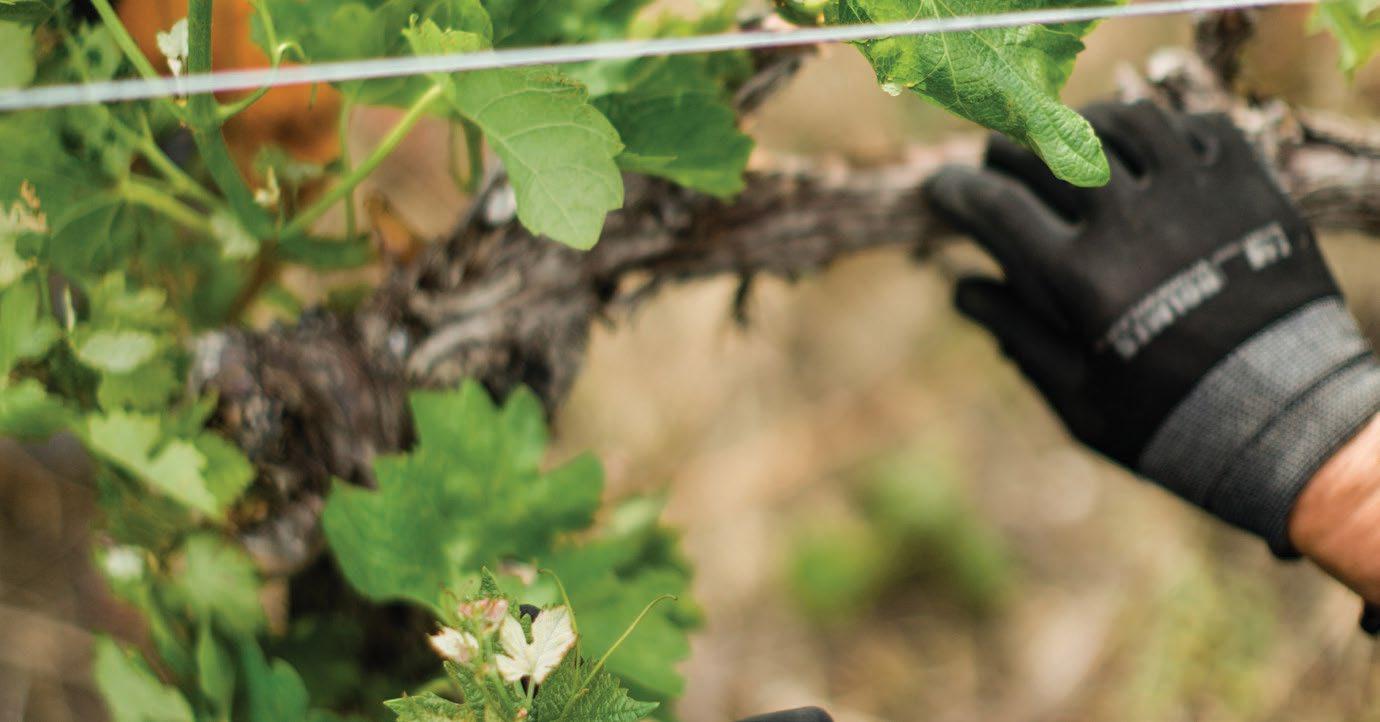

and the BC Grapegrowers’ Association. In line with industry sentiment, the theme for this year’s Insight Conference has been announced as Resilience and Renewal: Crafting the Future of BC Wine Together. The event is set to take place March 13 in Penticton, B.C., with a holistic program of speaker sessions, industry updates and panel discussions all centered around factors impacting the wine industry of tomorrow and following three topic tracks: business and leadership; winemaking and packaging; and marketing and sales.
The full agenda and ticket information is available at winebc.com/ industry/bc-wine-industry-insightconference.
In a further display of industry collaboration, Wine Growers BC has partnered with Wine Growers Canada to host the Industry Recognition Awards the evening before the conference. At the ceremony, three B.C. wine industry professionals will be recognized for their efforts to promote 100 percent B.C. wine and support the community behind every bottle. Details on the award categories can be found at the event link.
“B.C. wine farmers, craftspeople and professionals have proven time and time again that their passion outweighs adversity,” says Prodan. “We are looking forward to having key field experts share their perspectives so that we can learn and grow as we work together to help shape the future of the industry.”
Kelly Josephson is communications manager for Wine Growers BC which represents the interests of B.C. wineries dedicated to producing 100% B.C. grape wine. Follow @WinesofBC or find them on the web at winebc.com.

I
n the winter months, B.C. wineries and cideries can explore marketing strategies and partnerships that incorporate their focus on safety, sustainability (including soil management) and the agricultural aspect of their businesses.
In keeping with the theme of this Orchard & Vine issue, I hope I can inspire you to put yourself in the mind of your customer and then observe your fruit sources and farming. You might see your orchard or vineyard in a new light. And then you can tell your story from a new angle. For those with customer targets who are not farmers, learning about agricultural practices is very interesting.
To tell your brand story from a perspective of sustainability in farming
and show-and-tell on the use of tractors and other equipment, you can present your target audience with another way to look at your brand. The key is to connect your winery or cidery’s products and practices with the values and interests of your target audience.
Consumer habits with a love for all things local have proven that people do care about these parts of your business, as people want to know where the things they consume come from and that they can trust the quality and people behind a brand.
Show the world “a-day-in-the-life”
Dig out a camera and do some filming. Take this content to show followers on social media a virtual farm-to-glass experience. You

could create a series of “lives” or even a series of virtual tours that showcase the entire production process of your ciders or wines.
To provide an educational and engaging experience for followers, topics could include soil management and grape/apple cultivation, the use of forklifts on the crush pad and tractors and their use in the vineyards or orchards. And bottling lines are always fascinating to watch (as long as you are not the one making sure that the labels wind properly and that all is going smoothly!)
If you are employing eco-friendly and sustainable practices, emphasize them and highlight the ways that these practices contribute to the quality of your products. Share the journey from soil to glass and emphasize the connection to the local environment.
Collaborate with community
If you are a regular reader, you know I write about collaborating a lot, as it is one of my key values. Now is the time to see how you can build relationships for 2024. Can you partner with local agricultural organizations, environmental groups or other industry entities to launch joint marketing campaigns?
Collaborating with reputable organizations in the community can add credibility to your brand. Customers are more likely to trust businesses that align with respected groups dedicated to agriculture, environmental conservation or safety. This trust can lead to increased loyalty and sales for you.
Partnering with established organizations can also help you
reach a broader and more diverse audience that may not have been exposed to your products otherwise. Your business can tap into their existing networks and customer bases to expand your market reach. Tactically, collaborative marketing campaigns can also involve crosspromotion through various channels, such as social media, newsletters, websites and events. This exposure may lead to increased brand visibility and awareness among a larger or new audience.
For wineries and cideries with tight budgets, collaborative marketing efforts can also mean shared resources and reduced marketing costs. You can co-fund advertising campaigns, promotional events or content creation, making it more costeffective for both parties involved.
Another partnership tactic includes getting involved in or hosting a relevant community event. Work to “adopt a highway” or organize a community clean-up or conservation event that can reflect your dedication to the environment and preservation in your area. Help to reinforce a positive brand image by documenting and sharing these activities on your social media channels and newsletters.
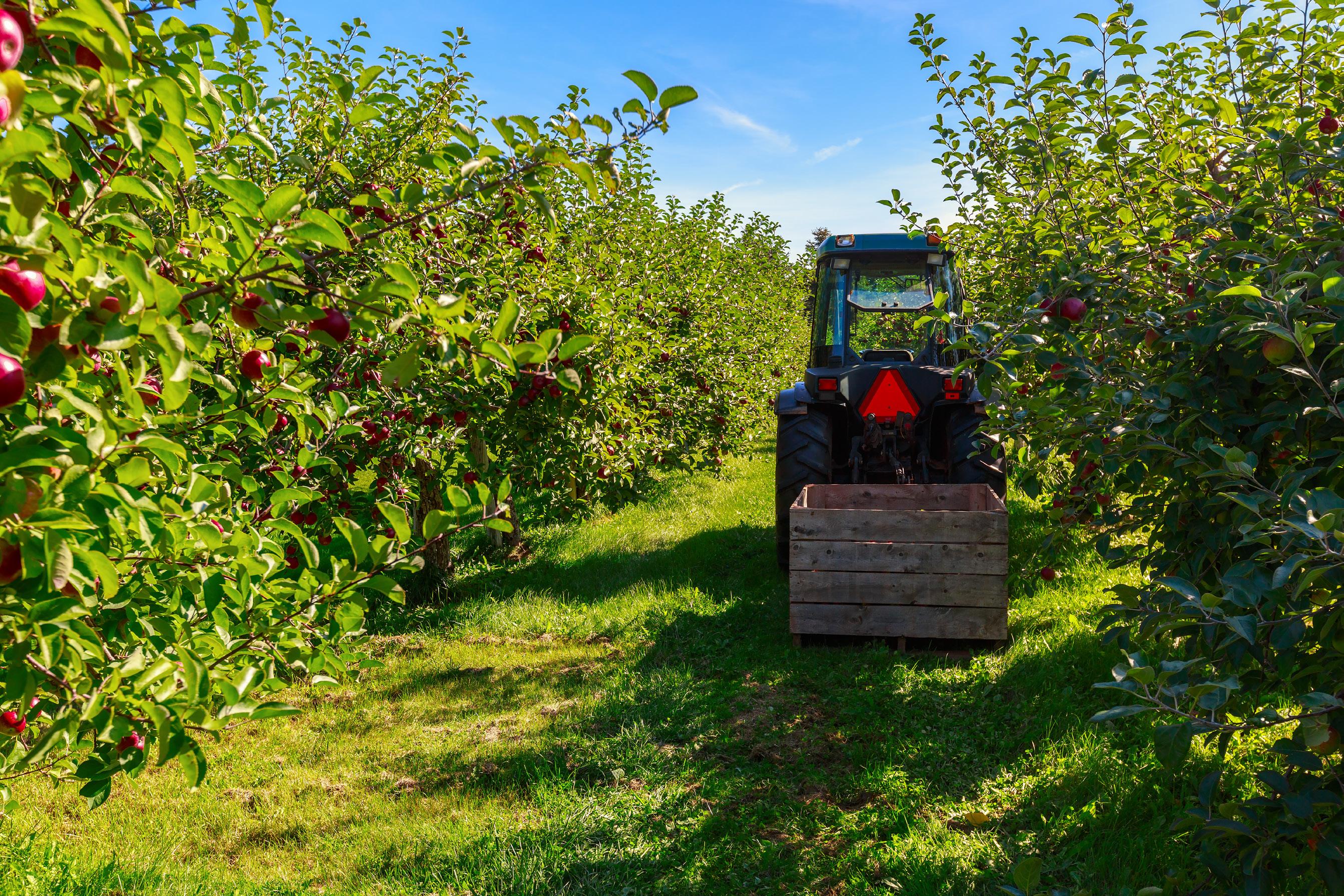
Agriculture industry employers are eligible for the AgSafe COR program. Book your free safety program GAP analysis to get started.
As another way to encourage community involvement and support, offer special promotions or discounts to members of these partner organizations.
Making moves on these strategic approaches to marketing while it is quieter and slower in these colder months can help B.C. wineries and cideries thrive in 2024, with a strong connection to your customers and make a positive impact on your communities at the same time.
Leeann Froese owns Town Hall Brands, a marketing and graphic design agency with 25+ years’ experience in food and hospitality branding. Visit townhallbrands.com and follow @townhallbrands.


Cheers
Wineries can benefit from special cooperative advertising rates in our sister publication.
Extend your reach. We deliver to thousands of readers across the
















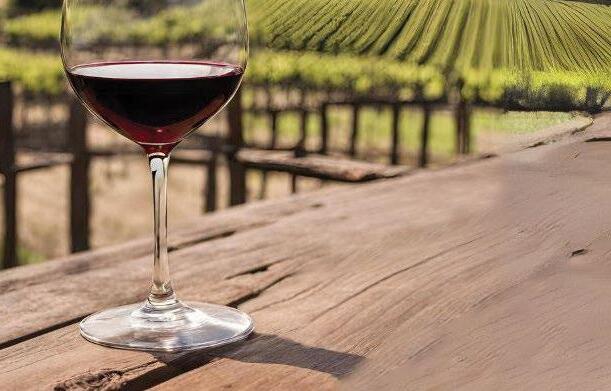
















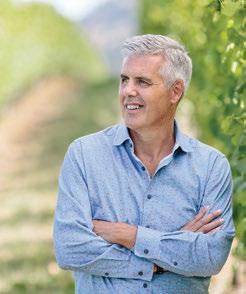


t’s a common spring sight in B.C.: a plethora of beehives scattered through fields and orchards, spreading honeybee pollination power around the province. However, disease, drought and parasites have left apiarists fighting battles on all sides trying to maintain their hives. While research is ongoing to try and find solutions, these issues could make bringing in beehives for pollination more difficult.
So, how can one improve an orchard’s resilience to the sting of honeybee losses? Help it pollinate itself with native pollinators.
An orchard with a healthy natural habitat and pollinator-friendly practices can support vast numbers of pollinators and other beneficial insects, some of which are even more efficient at pollination than honeybees. Some of them even do double duty, and both pollinate and eat pests. These insects may already be present in your orchard, so encouraging them to thrive requires
only a few adjustments to management practices and a bit of space to stay.
Attracting more pollinators to an area is as simple as providing flowers and giving them somewhere to live. Leaving large natural habitat areas undisturbed is the best practice to encourage these insects as it already provides both food and shelter, but if there are no natural areas nearby then creating habitat areas can still be beneficial. Planting windbreaks or hedgerows in underused areas or along fence lines offers shelter for pollinators, provides food and also creates nesting areas.
Dave and Gabi Cursons planted a shelterbelt on their farm in Cawston, B.C., decades ago. They say they’re more likely to see beneficial insects, frogs and other helpful wildlife than on some conventional farms. By planting certain types of shrubs and wildflowers, they encourage beneficial insects while discouraging pests.
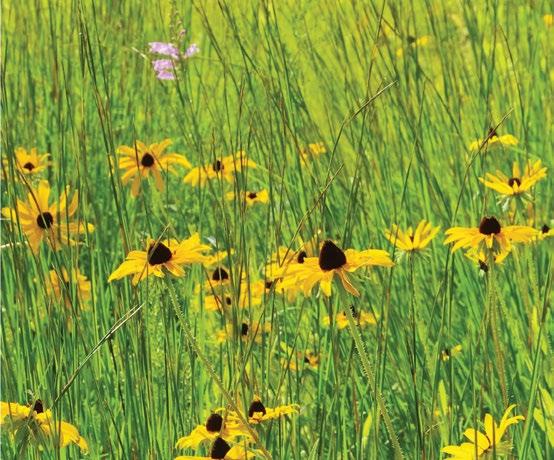
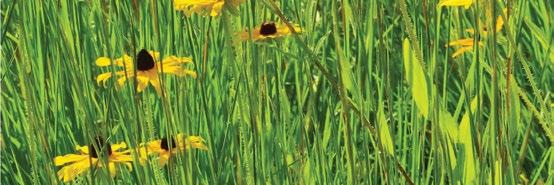
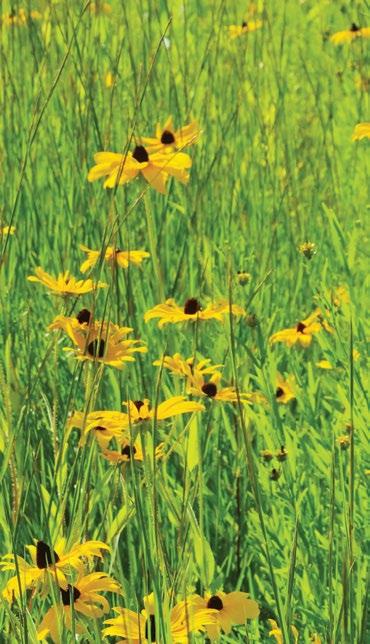
To create a refuge habitat, plant native, long-blooming wildflowers such as yarrow, brown-eyed Susan, showy milkweed and asters to provide year-round nectar for the pollinators to eat after fruit trees have finished flowering. Even predatory insects can live twice as long when flowers are around, as they will also eat nectar if they temporarily can’t find prey. Shrubs like wild rose, mock-orange or willow provide habitat structure. Many pollinators and predatory insects need dead wood for nesting; this can include fallen logs, untreated fence posts and even old wooden sheds. Bumble, mining and carpenter bees need loose, bare soil for nesting.
Once these helpful insects are present, it’s important not to subsequently wipe them out with a few passes of the sprayer. The best way to ensure a healthy pollinator population is to avoid pesticides entirely as they do at Summerland’s Sunkiss Acres haskap farm.
“Our farm is managed free of pesticides and herbicides,” says owner Josee Pelletier. “We see so many butterflies and bees throughout the growing season and have planted a habitat refuge strip along our creek to better support pollinators and beneficial insects.”
Sometimes, particularly difficult pests can make it nearimpossible to go pesticide-free (e.g. spotted wing drosophila). Fortunately, some techniques can help minimize the impact of pesticides on beneficial insects. Always spray at the lowest effective label rate and only when needed, avoiding preemptive application. Preventing spray drift is critical,
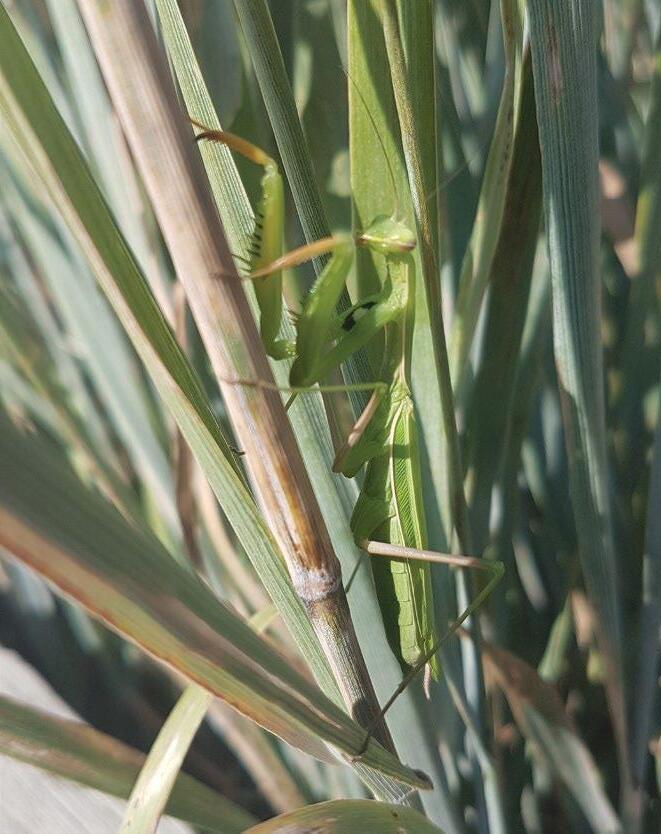
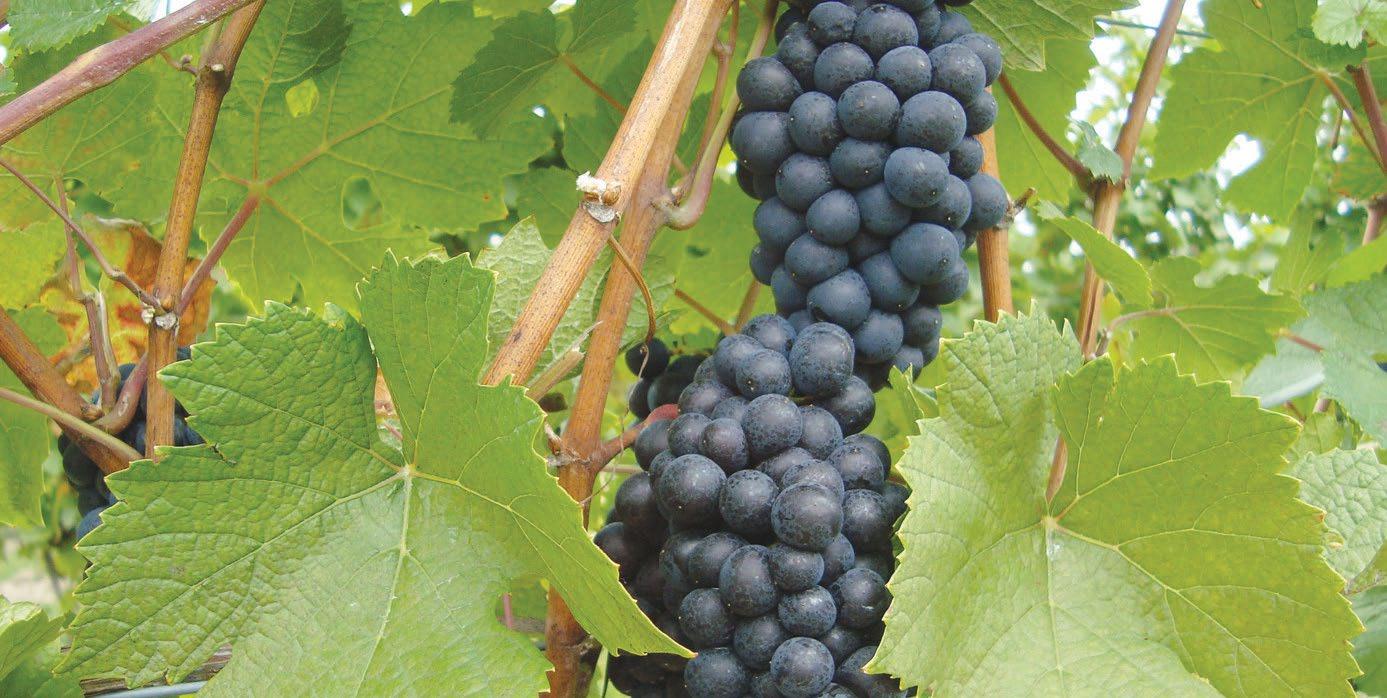
BRITISH COLUMBIA
250-809-6040
bcsales@vinetech.ca
especially when natural habitat areas or hedgerows are nearby. The point of these areas is to provide refuge for helpful insects and spraying on windy days or with poorly directed nozzles makes creating these safe havens moot.
Timing is also important. Native pollinators tolerate cooler temperatures (13°C) than honeybees, so care must still be taken with pesticide application in the early season and on cool spring days.
Avoid spraying when fruit trees are blooming. If sprays are needed while wildflowers are blooming between rows, mow before spraying (set blades high) to make the area temporarily less attractive to pollinators.
Though it takes some initial effort, attracting and maintaining populations of helpful insects is relatively simple and requires only a few adjustments to farm management. By inviting these insects onto the farm, you can reduce reliance on beehives while also benefiting local biodiversity.
Valerie Maida works for the Okanagan Similkameen Stewardship Society, a local nonprofit that partners with landowners to improve wildlife habitats. Through their steward program, landowners receive advice and assistance to improve natural areas for future generations. Learn more at osstewardship.ca or call 250-770-1467.
ONTARIO
905-984-4324
sales@vinetech.ca

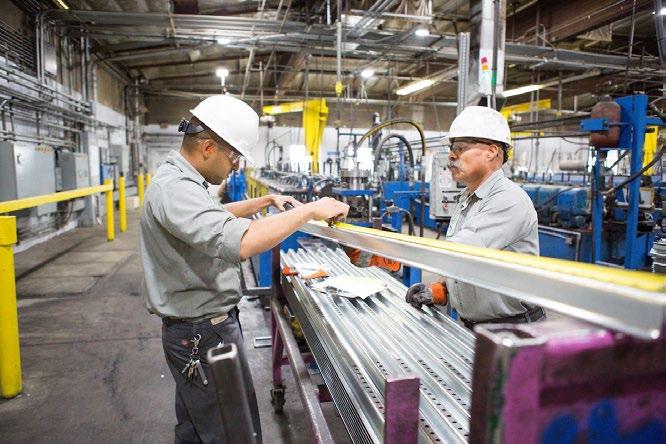


estate valuation
• Specializing in agricultural properties such as vineyards, wineries, orchards, packing plants and ranches
• Consulting and advisory services such as rezoning, ALR inclusion/exclusions, temporary farm worker accommodation approvals
Kent-Macpherson Appraisals Kelowna, BC
250-763-2236
csmirl@kent-macpherson.com
kent-macpherson.com
• Professionalism and high standards
• Local knowledge and expertise
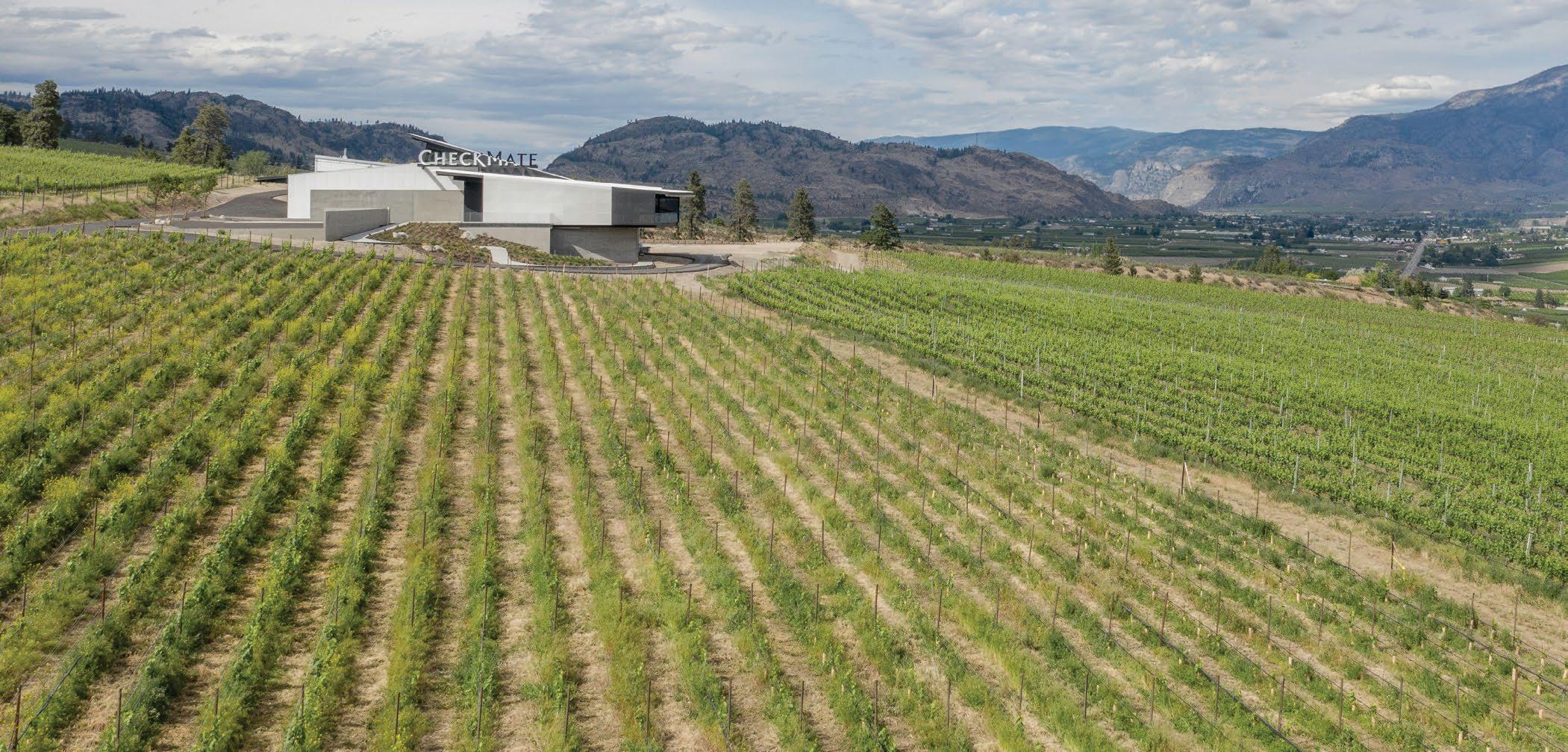

Growing up in small-town, Okanagan Valley doesn’t turn everyone into a wine professional, but that was the case for Spencer Kelly, the winemaker at CheckMate Artisanal Winery.
He witnessed the growth of B.C.’s wine industry while living in his childhood community of Kaleden, along the western shores of Skaha Lake.
As he grew and advanced his own skill with wine, he spent some time away from the region perfecting his cra . He was a winemaker in California when he felt called to return home a er having been away for more than a decade.
With stints at wineries outside Canada before coming back to the Valley, Kelly made a name for himself as someone who can do exceptional things with grapes ripe with potential. Now, at CheckMate in Oliver, B.C., he’s focused on Chardonnay and Merlot grown on vines that are nearing a half century old.
O&V: Where did you go to school or apprentice? How did you get started in the industry?
Spencer Kelly: I got interested in wine because I was interested in food and cooking. I thought winemaking would be similar to being a chef, with better hours. I wasn’t too far o , I think.
O&V: What is your favourite varietal to work with?
SK: Chardonnay, easily.
O&V: Where did you go to school or apprentice? What was your rst vintage?
SK: I did a bachelor’s degree in food science at the University of British Columbia. en I did my rst vintage in 2008 in the Similkameen Valley. I wanted to further my knowledge with a degree in winemaking and viticulture, so I went to Fresno State University in California.


O&V: Have you worked in other countries?
SK: Outside of Canada, I’ve worked in Australia, the United States in Napa Valley and France in Burgundy.
O&V: What is most challenging thing about your job?
SK: e best part of winemaking is that your job is always changing throughout the year, following the seasons. It keeps things interesting. e excitement that surrounds each harvest is the best part of my job.
O&V: Is there a particular vintage that you are most proud of?
SK: I always feel like the next vintage will be our best one.
O&V: What is it about your cra that keeps you engaged vintage a er vintage?
SK: You get one shot every harvest to do something that you’ll be proud of, and hopefully for years into the future. ■
As a leading, nationwide producer of glass wine bottles made 100% in North America, Ardagh Glass Packaging has the resources to meet your unique needs with flexibility, responsiveness and ease.
From bottle design through bottling day, we’re ready to collaborate with you — right from the heart of the major North American wine regions. We’ll help you run efficiently and sustainably every step of the way.
Call us to learn more about our extensive bottle portfolio and the exceptional quality and support you can expect from your local glass manufacturer.
707-200-9344 ardaghgroup.com/wine2024
